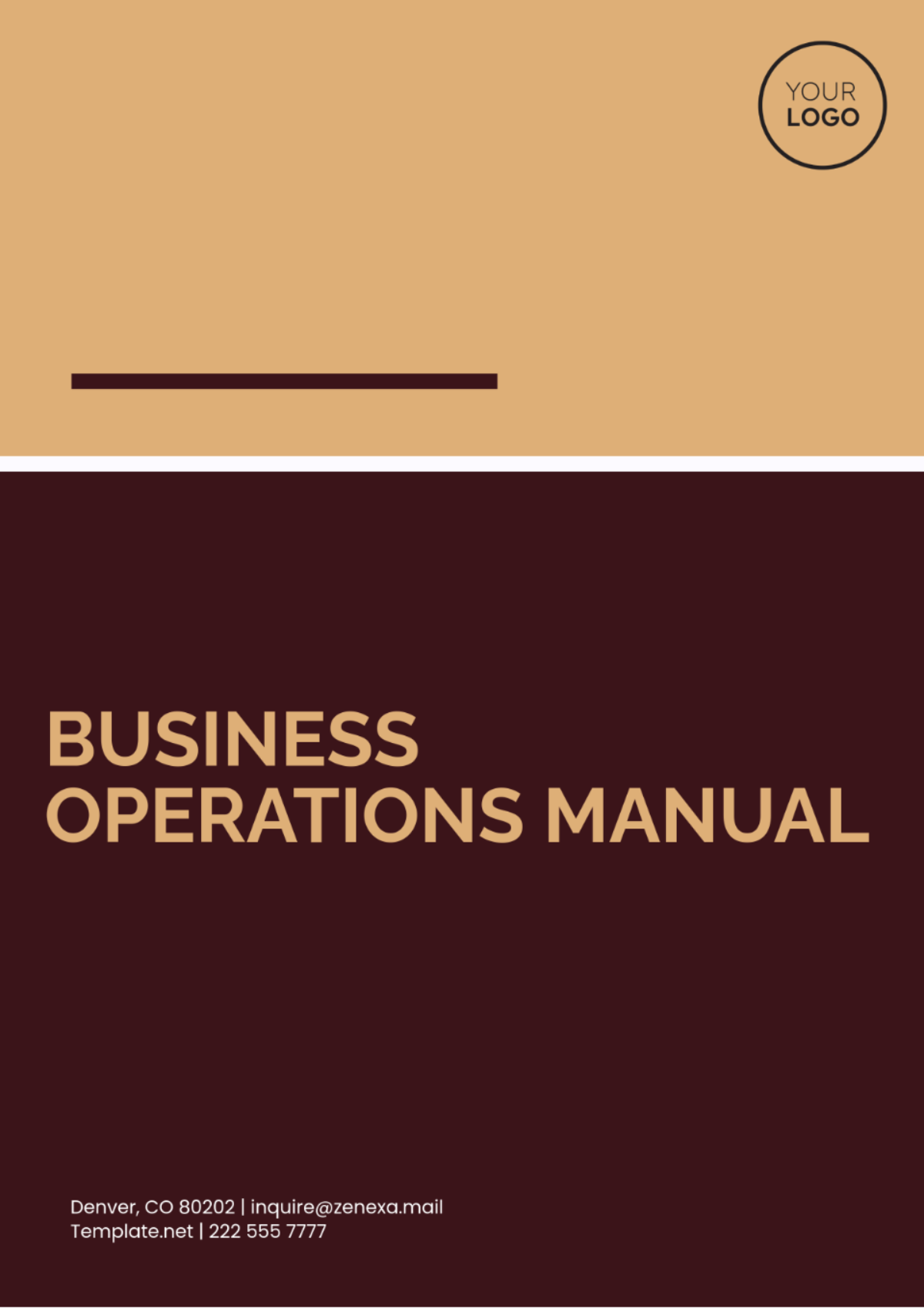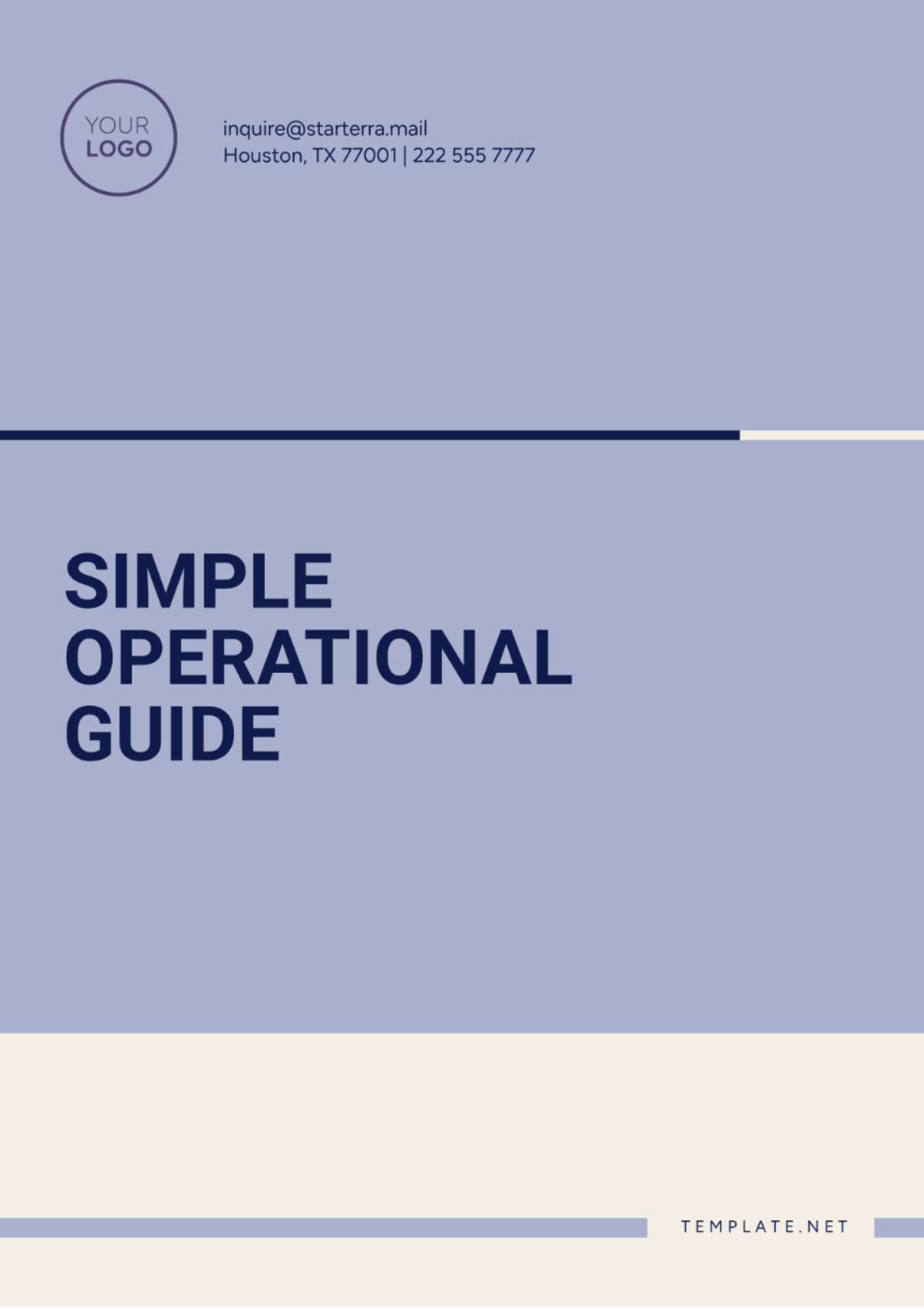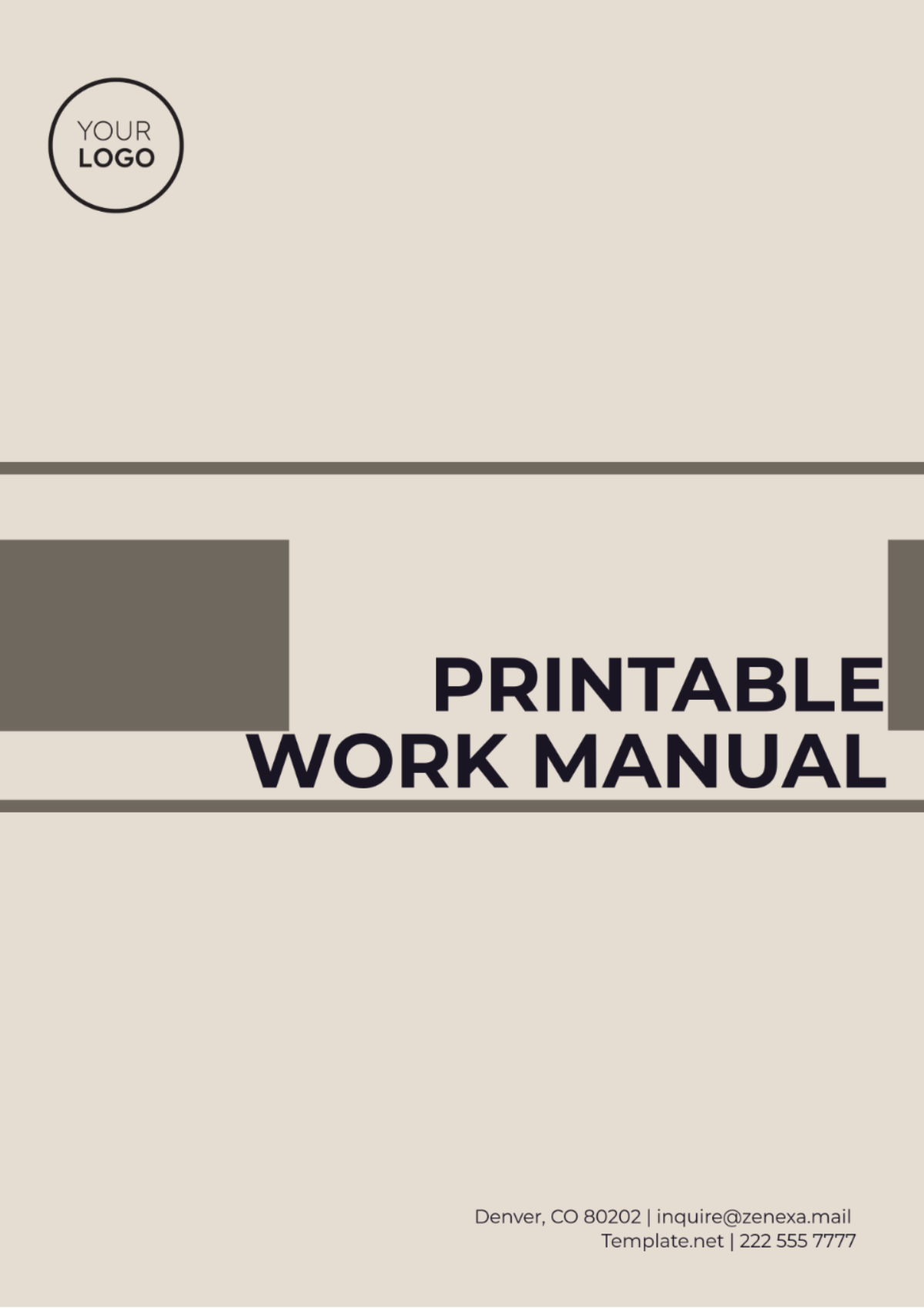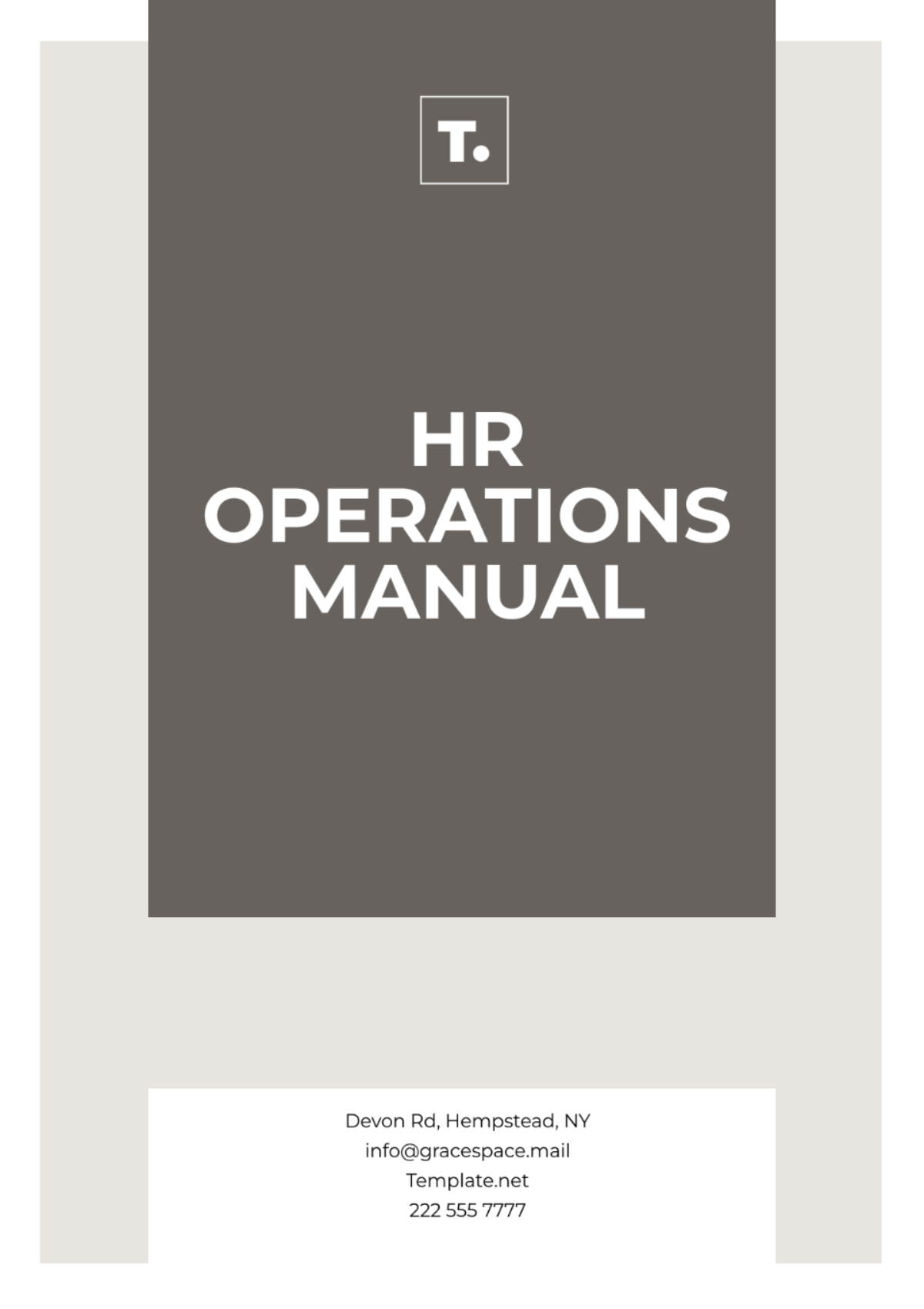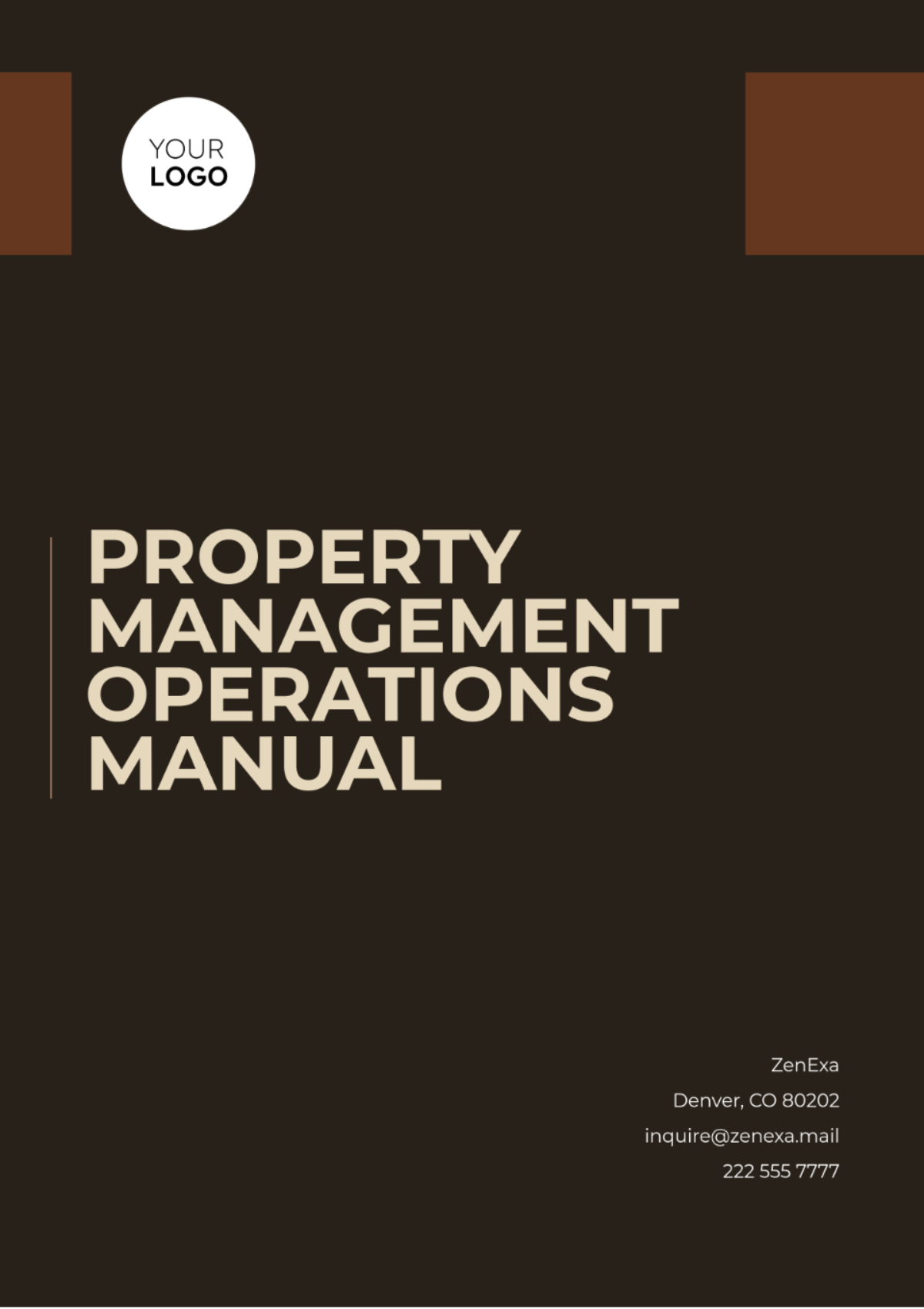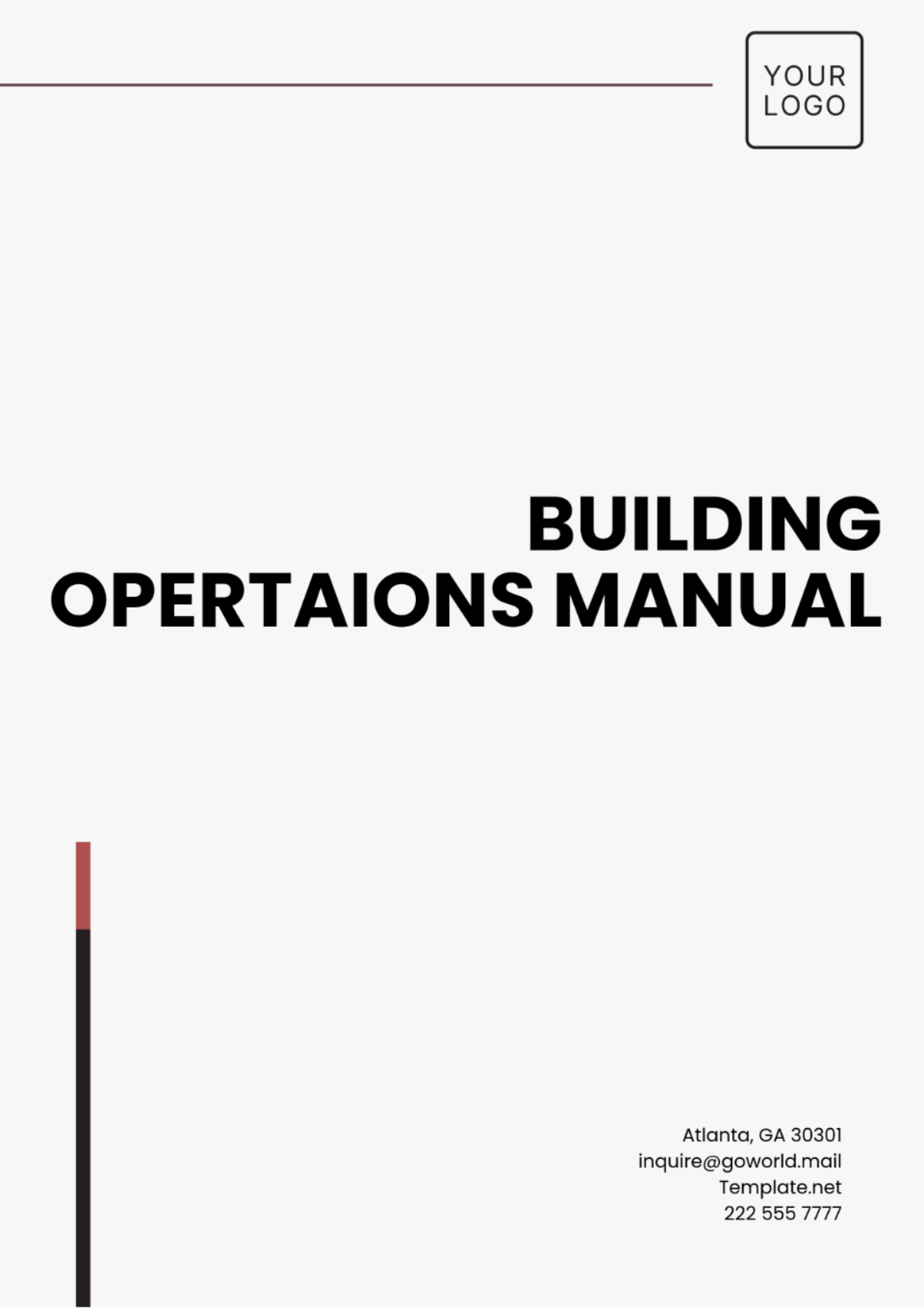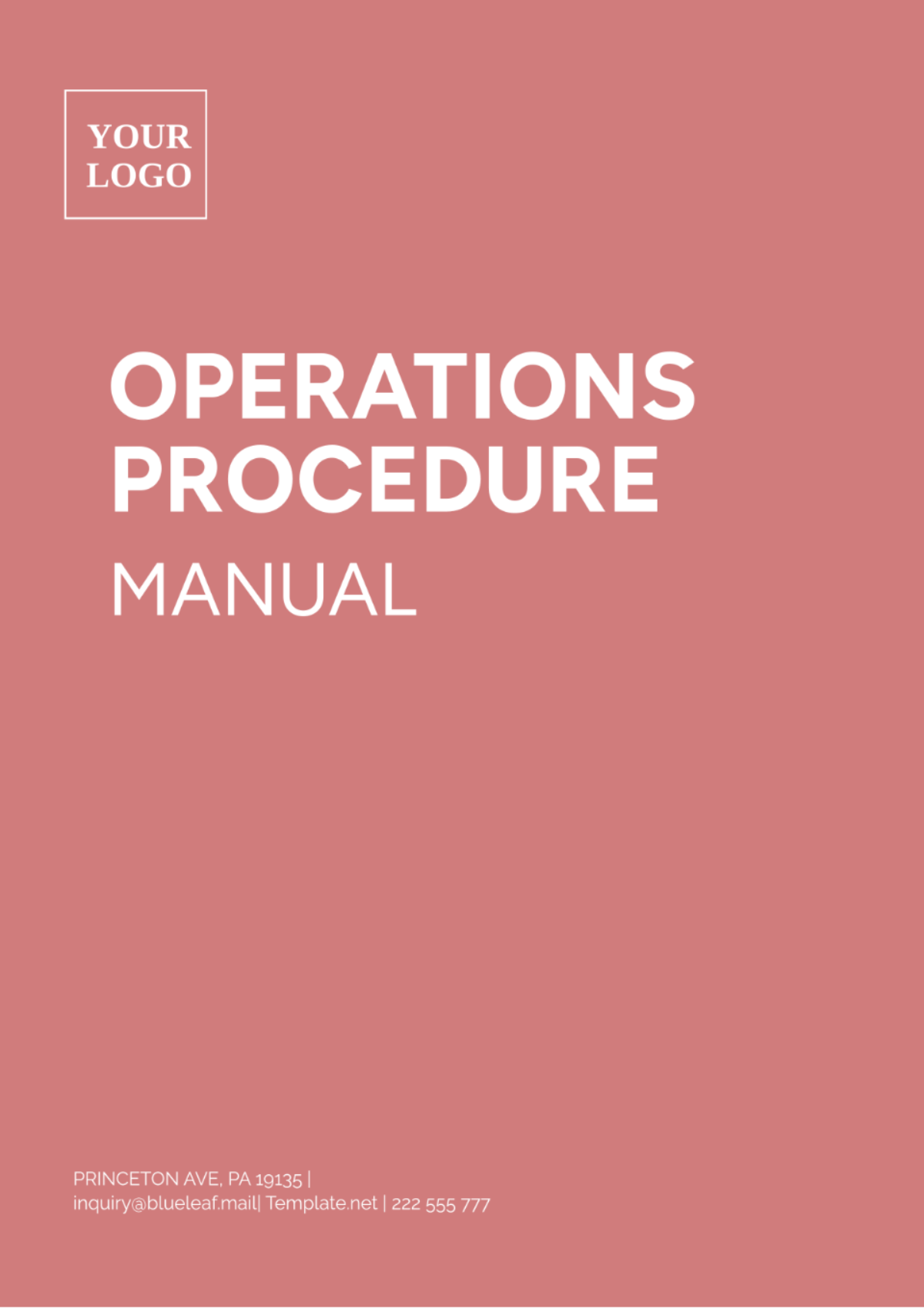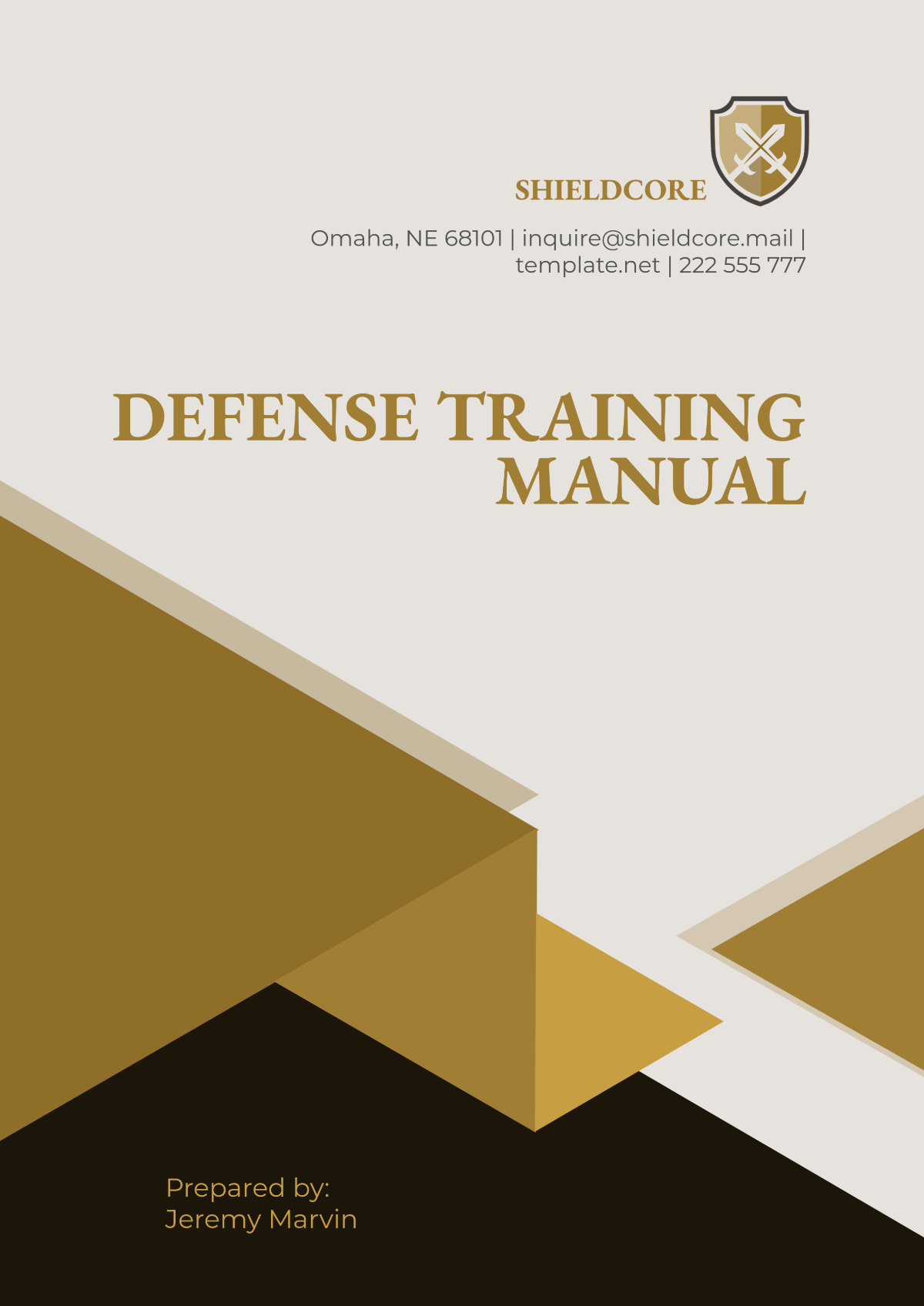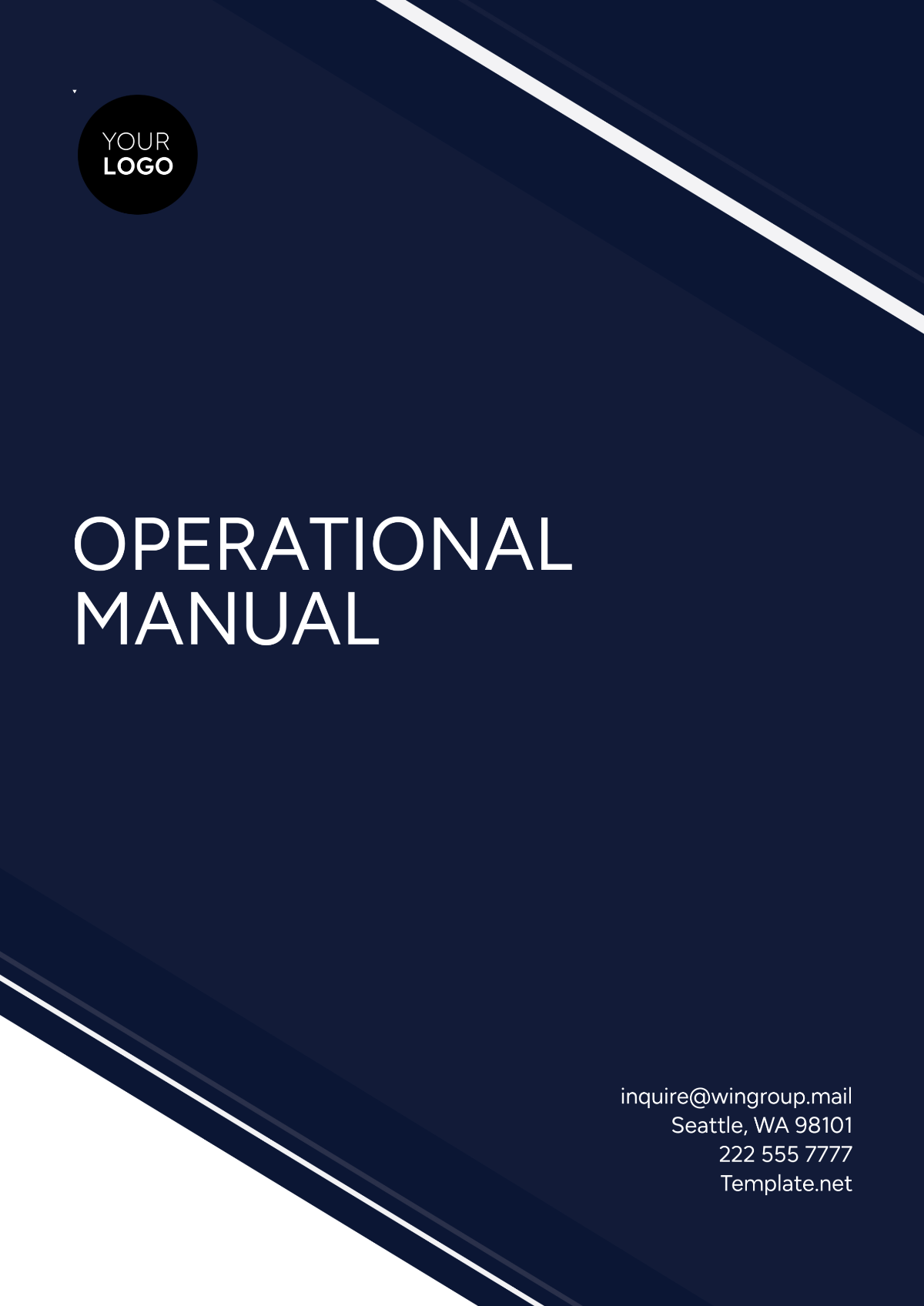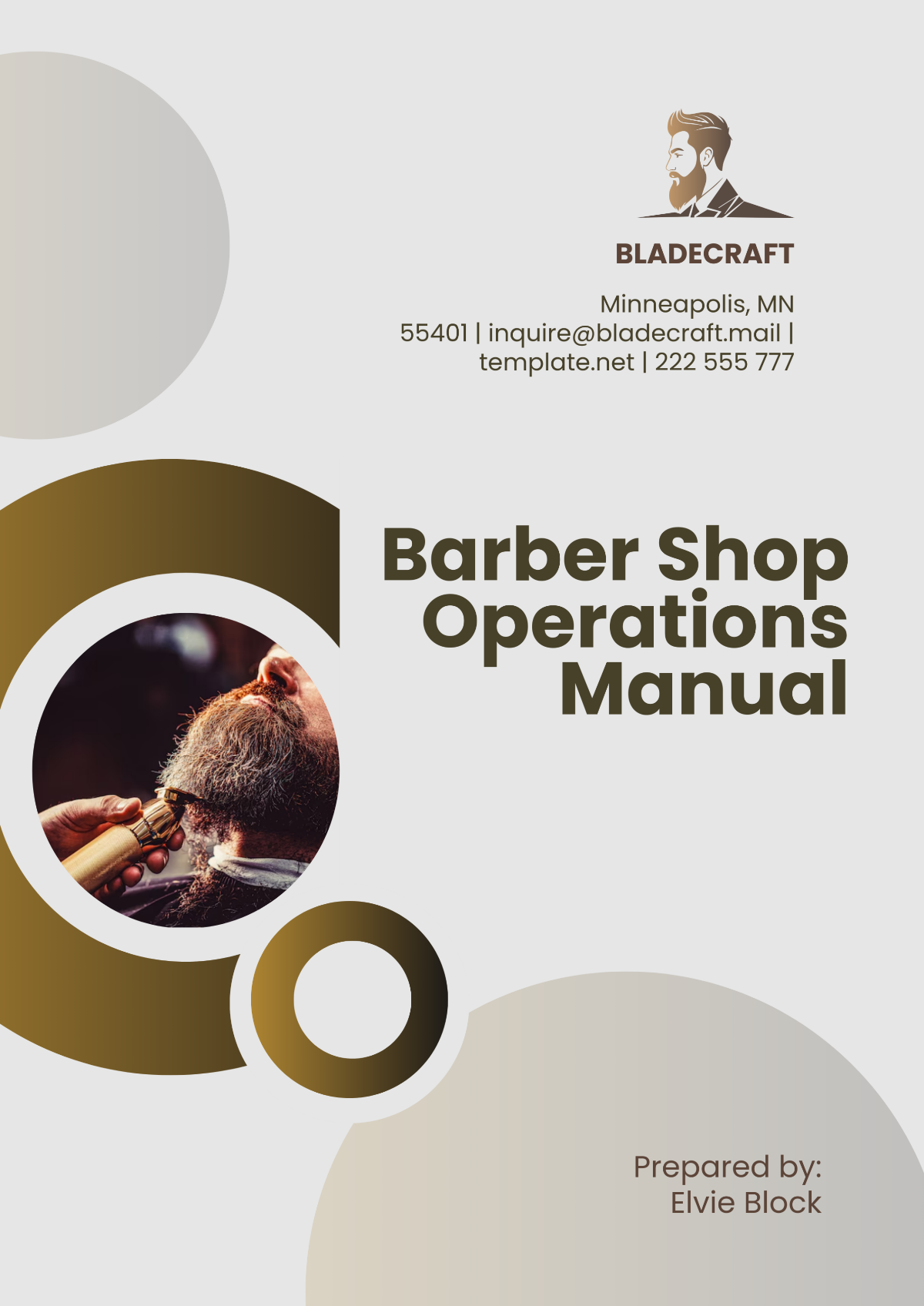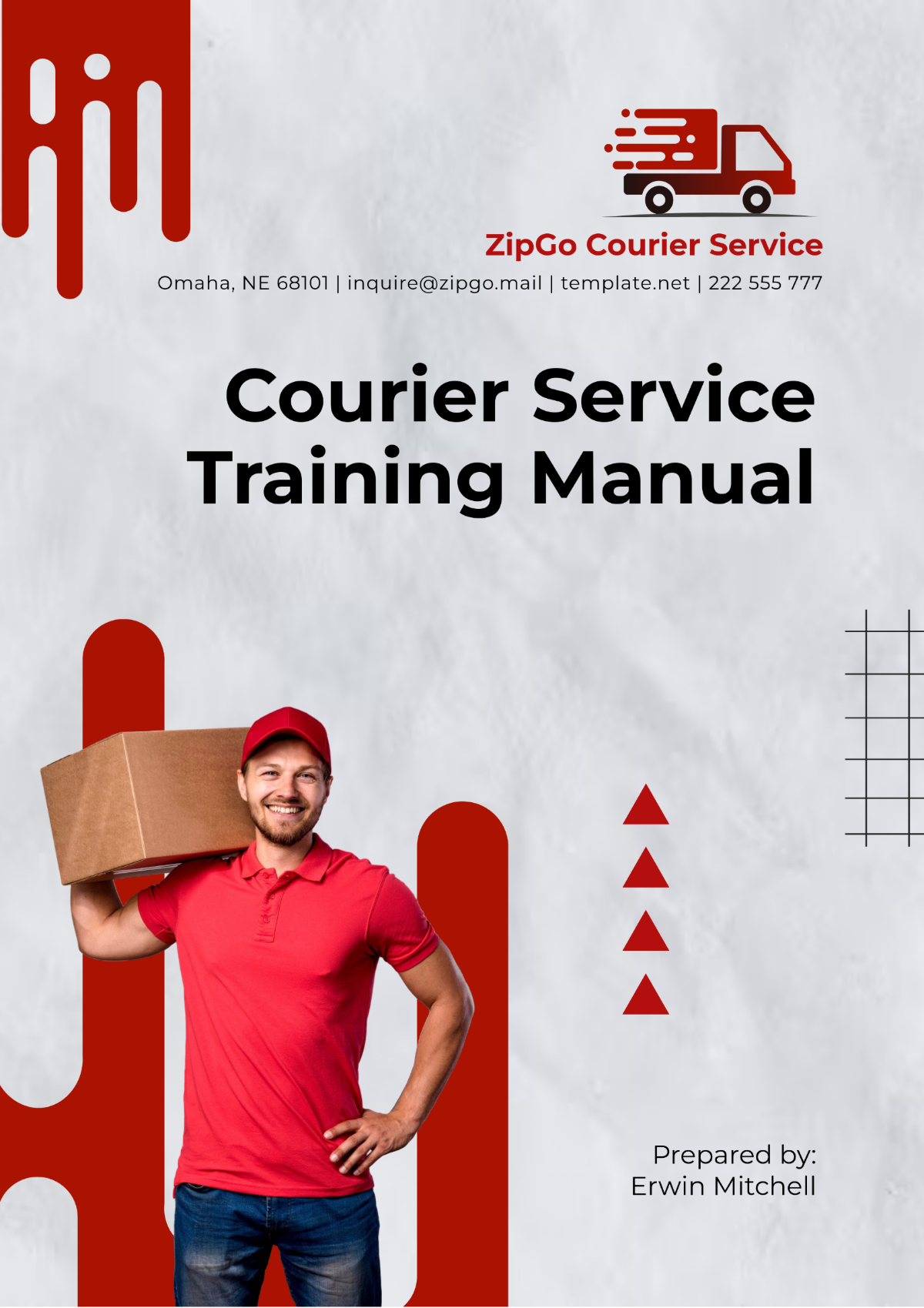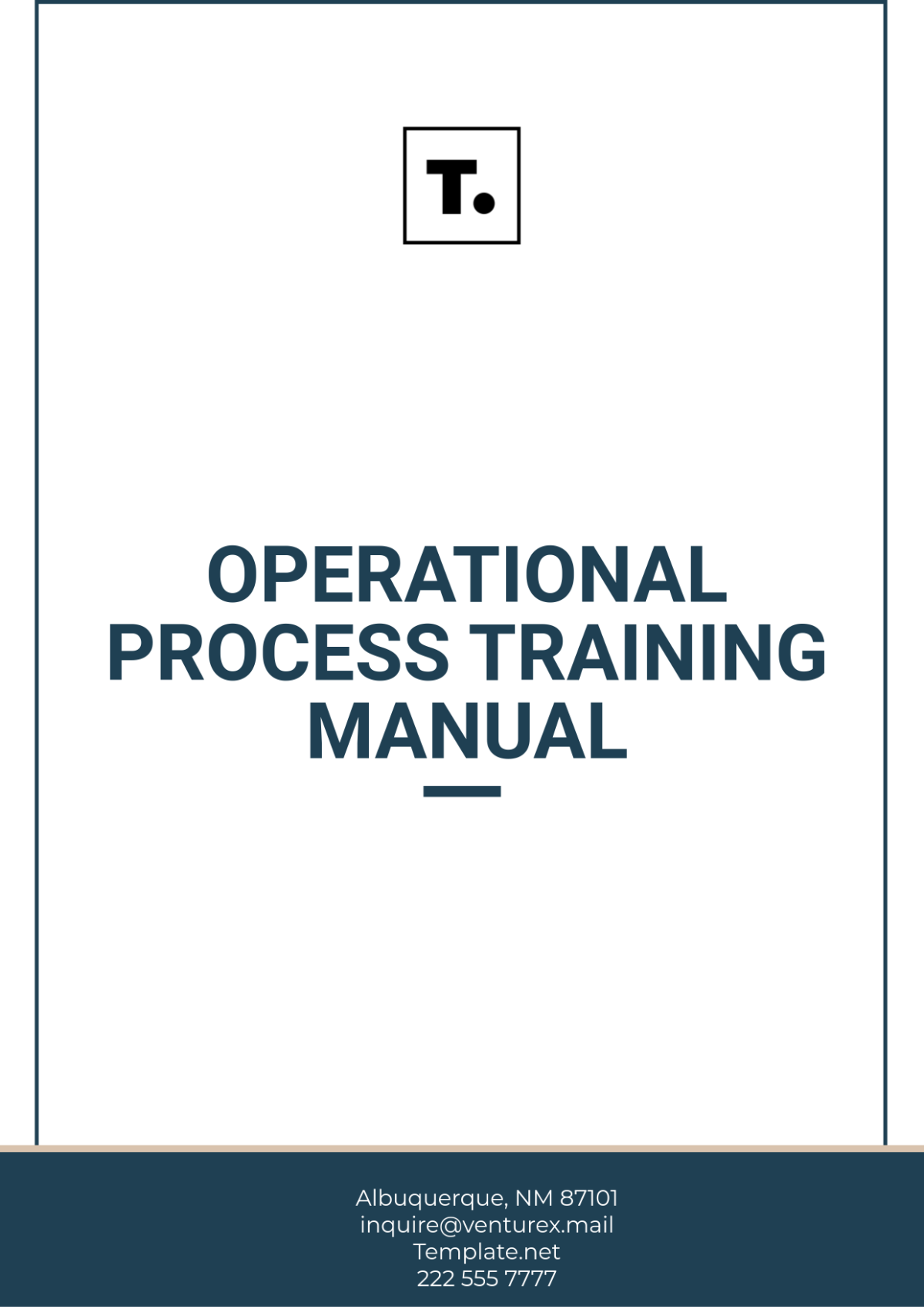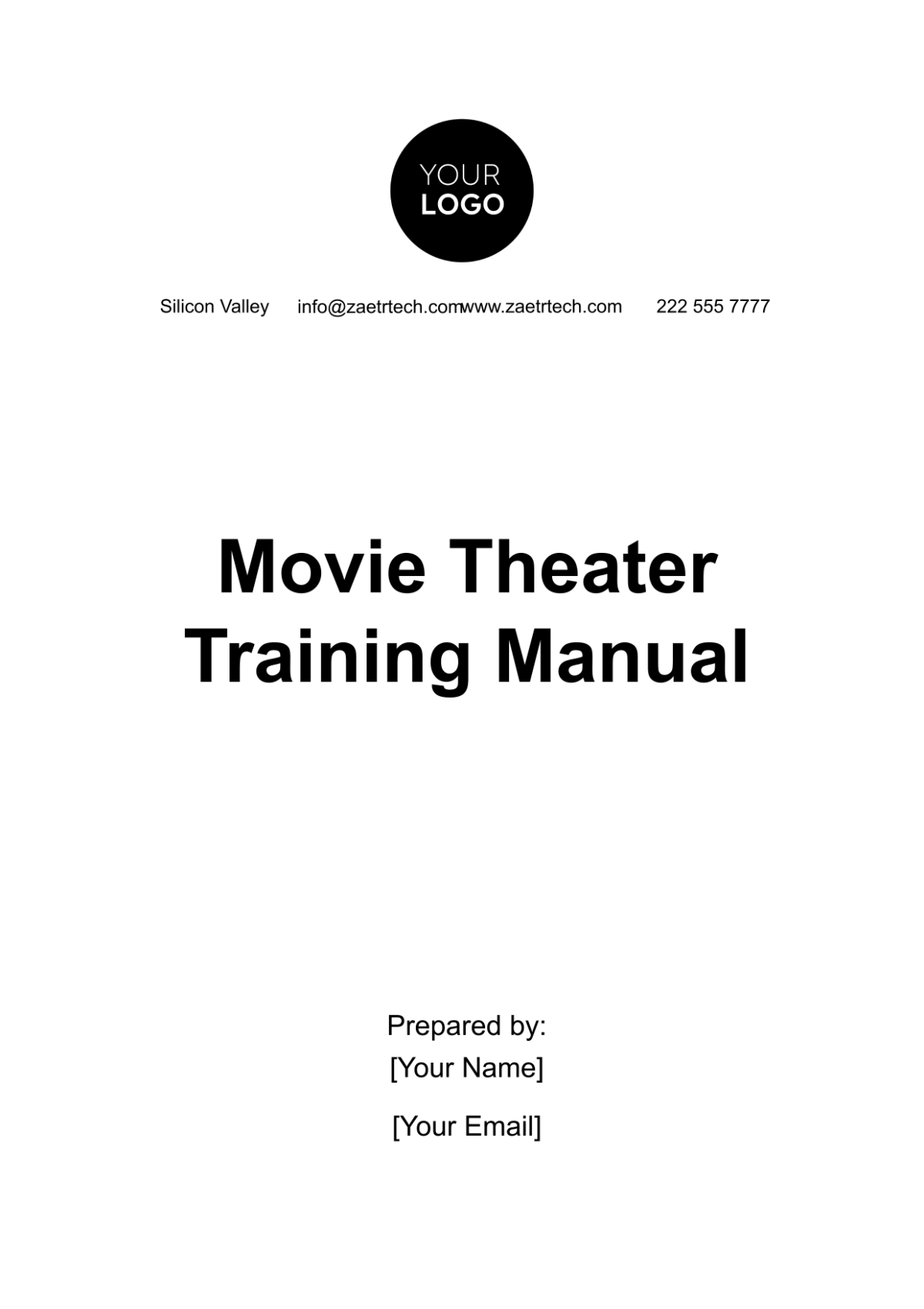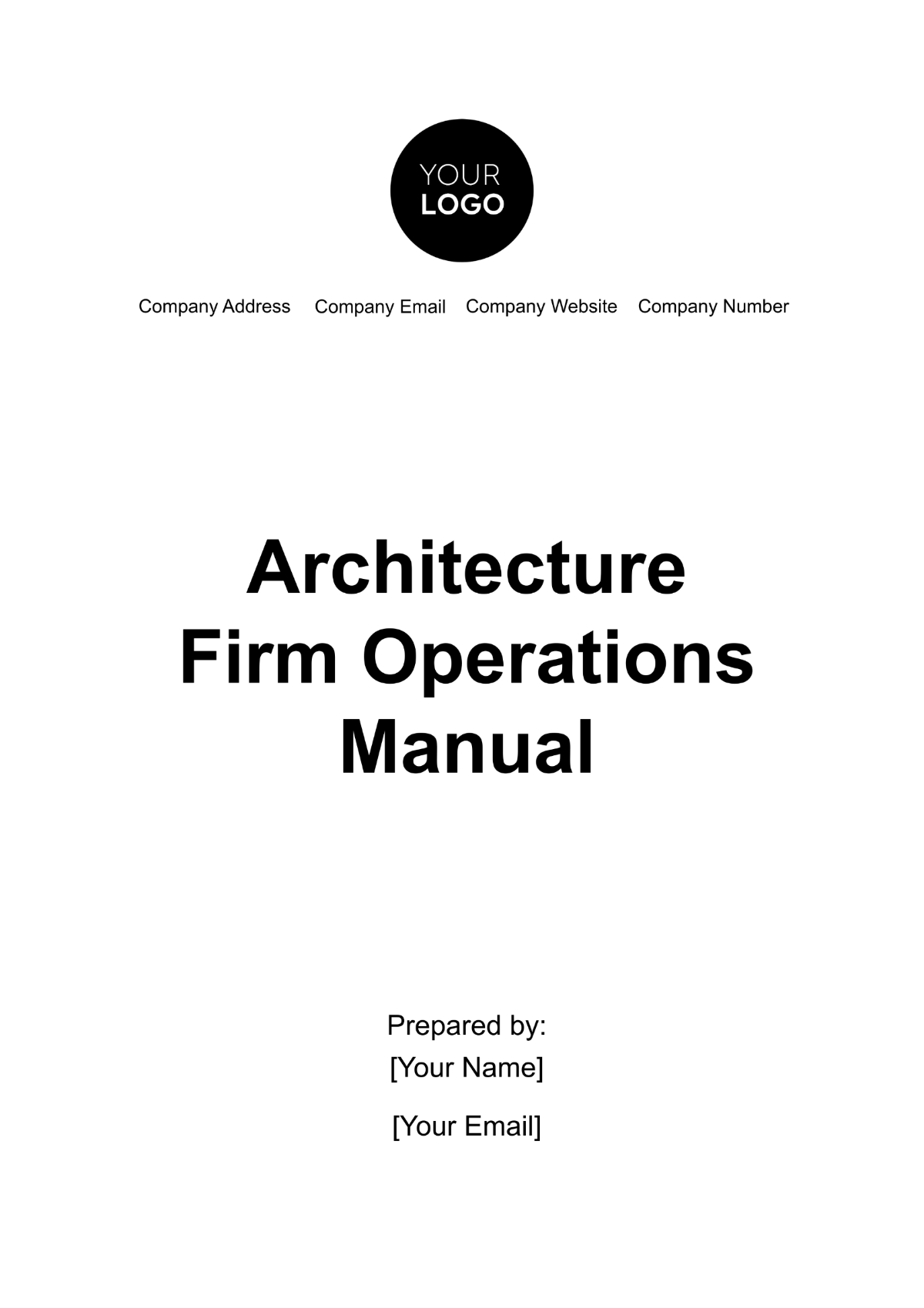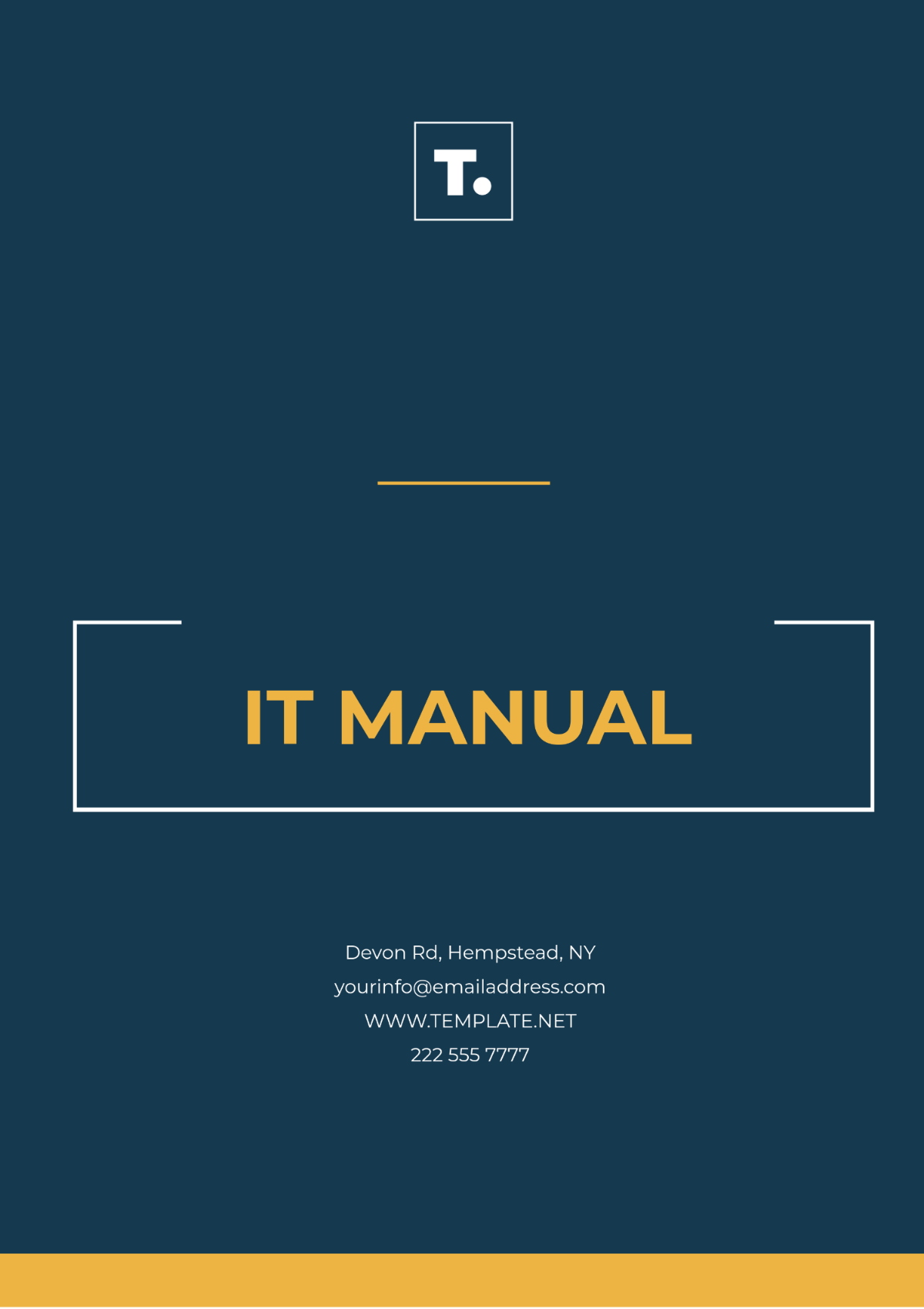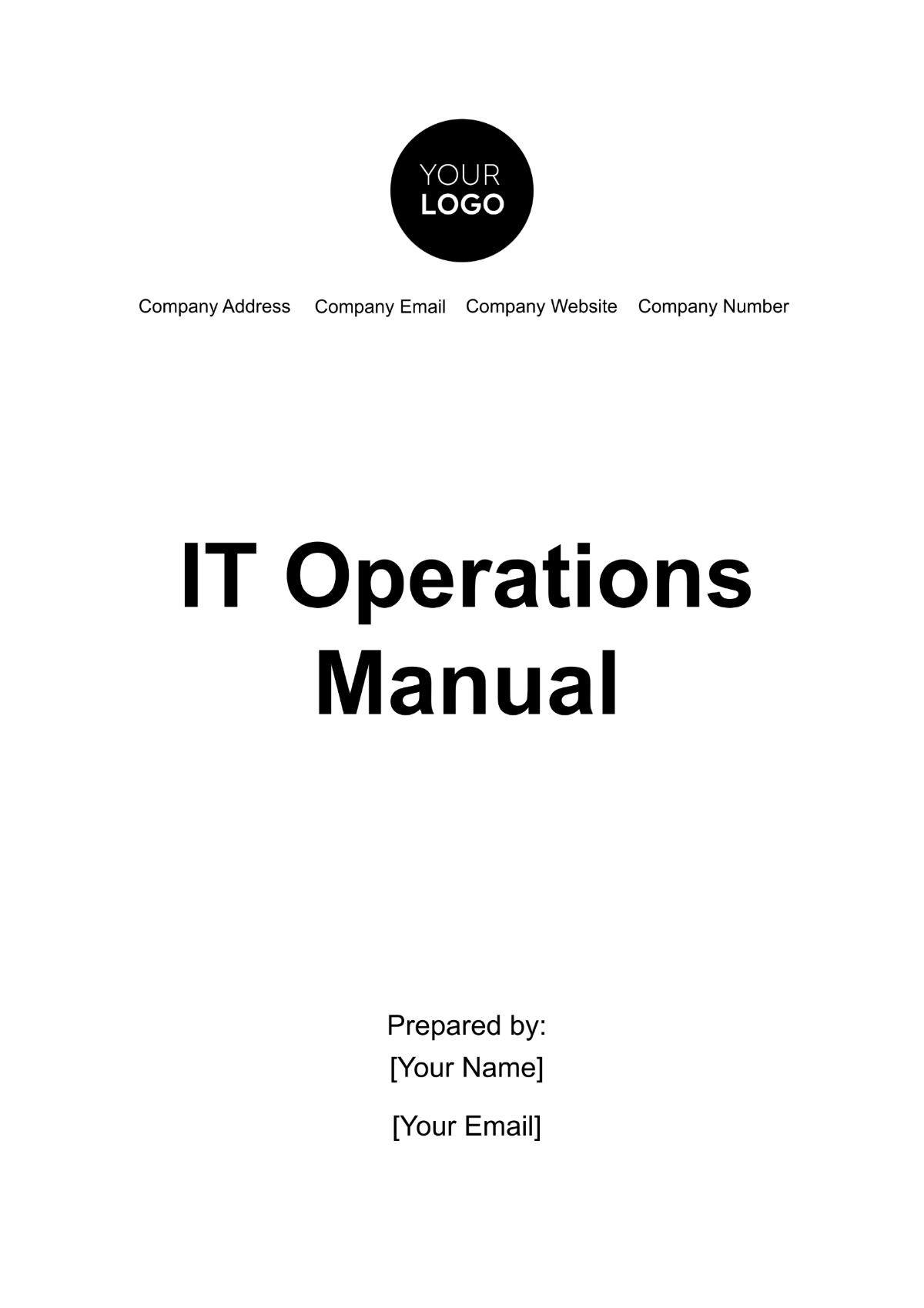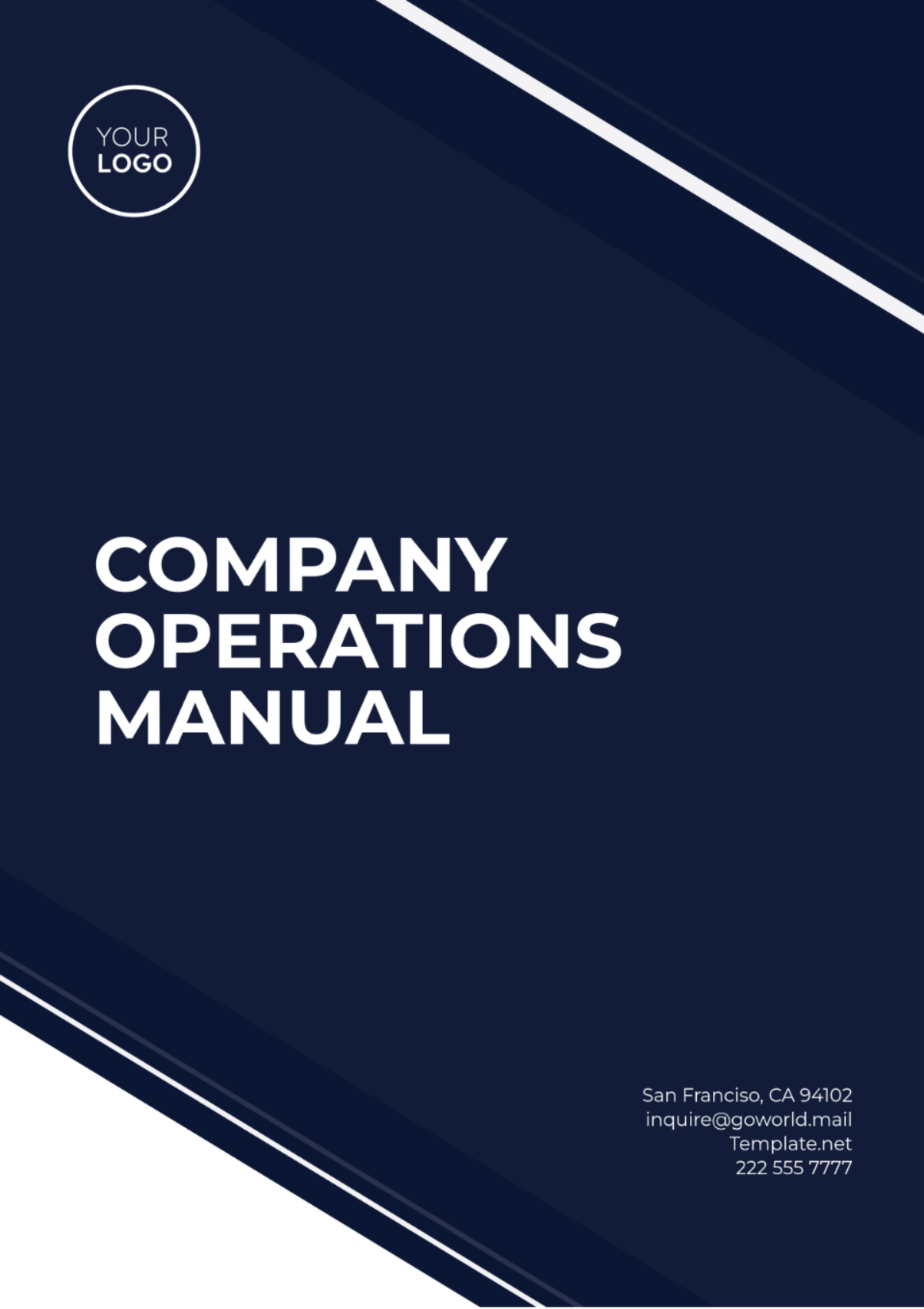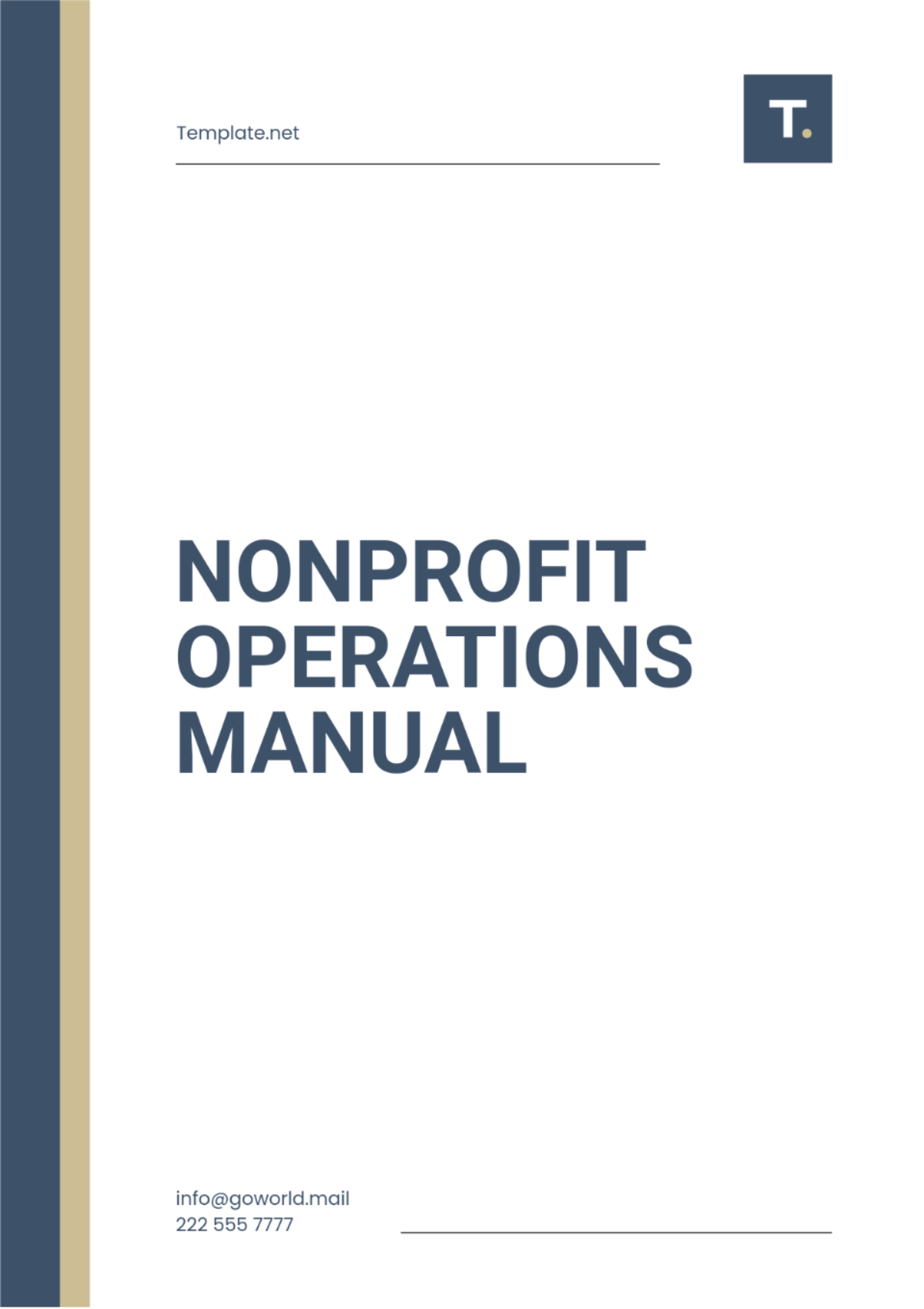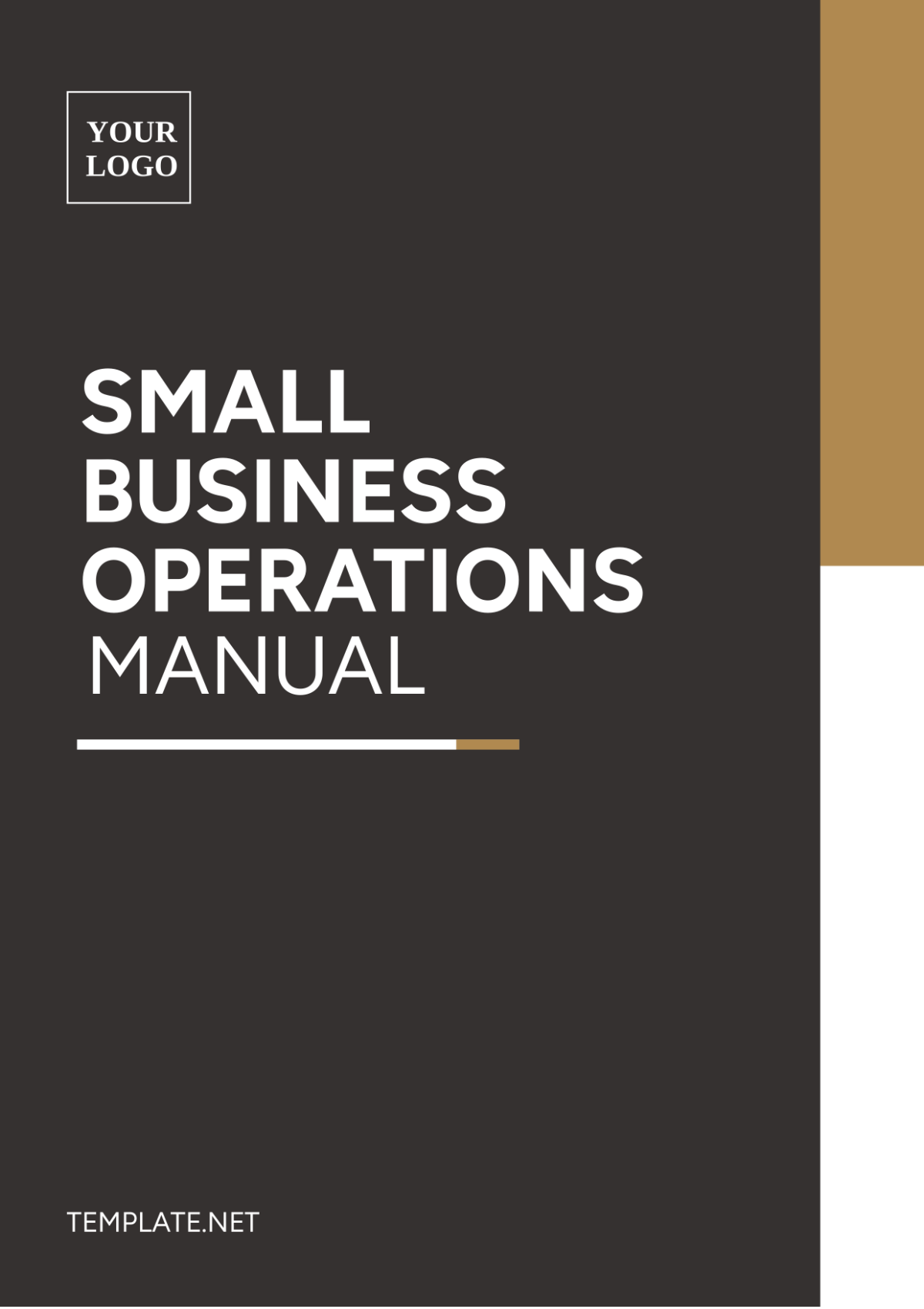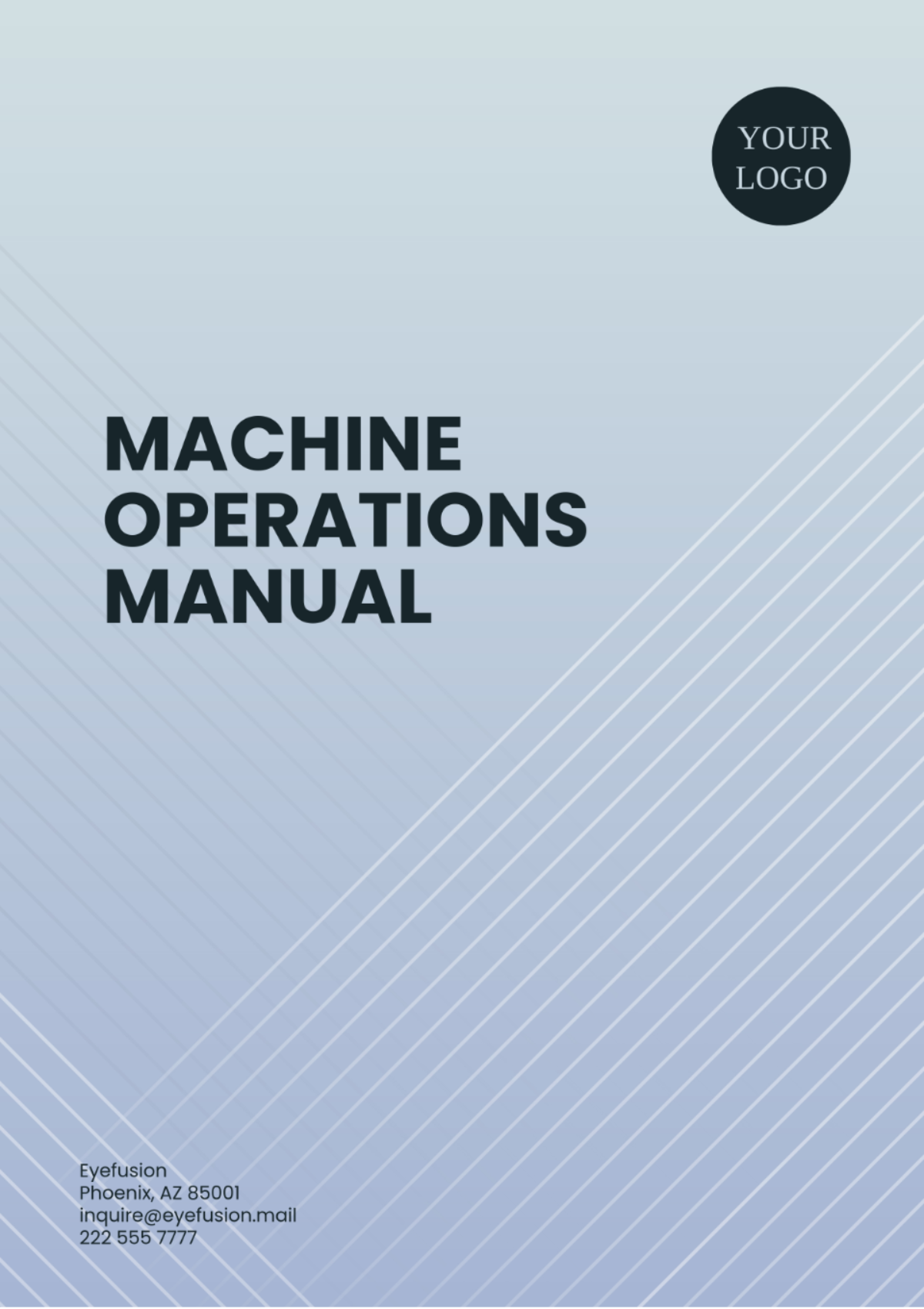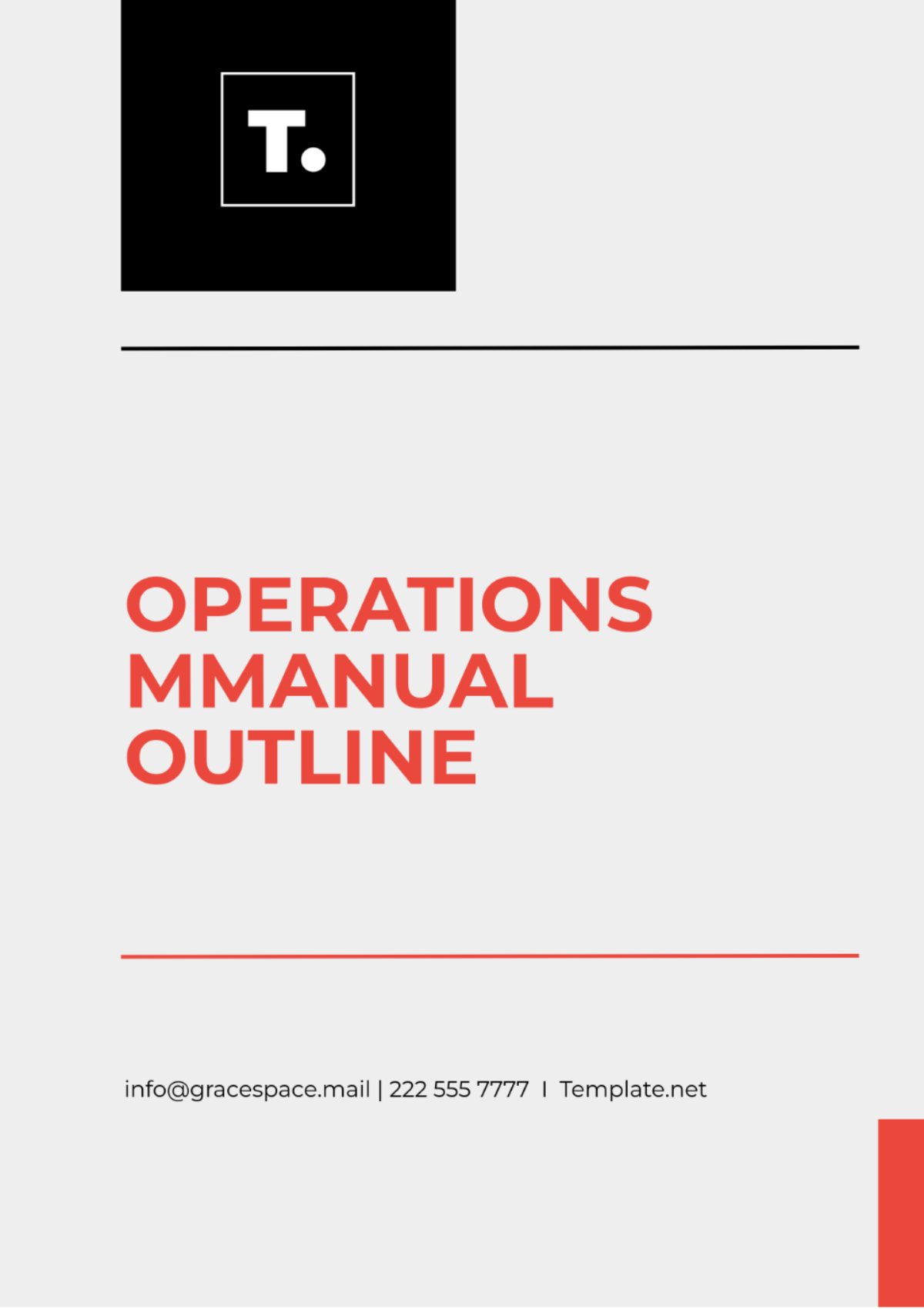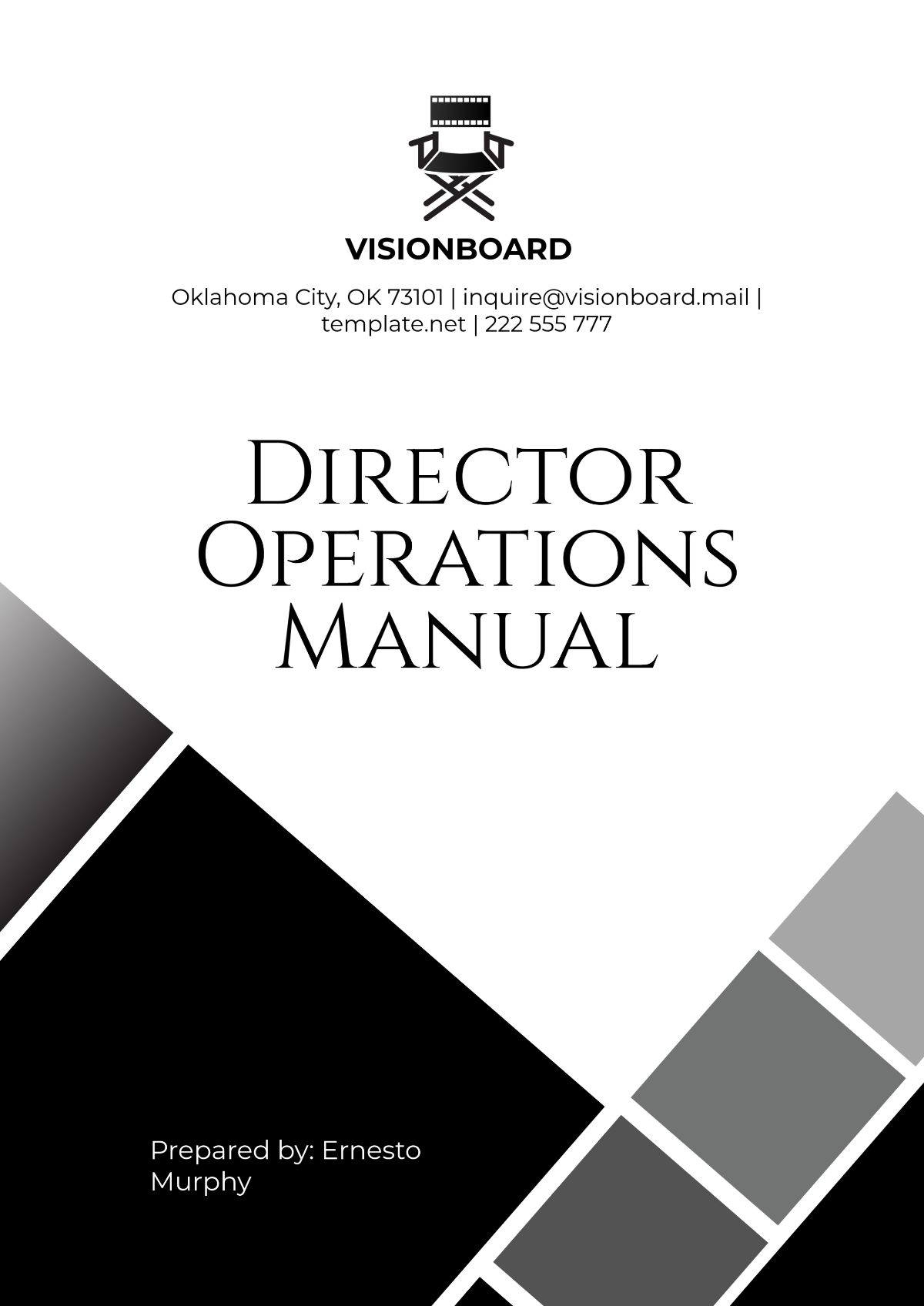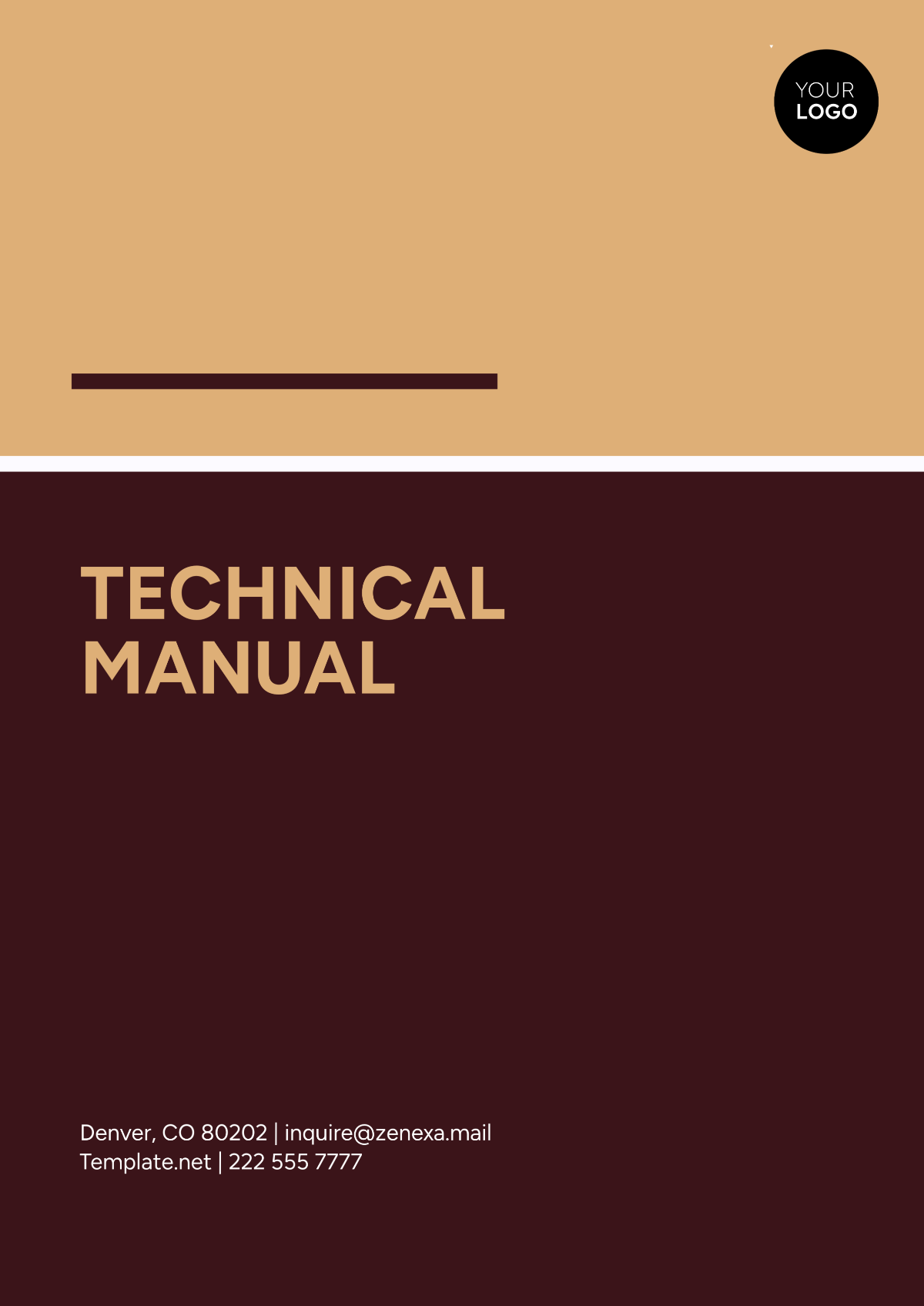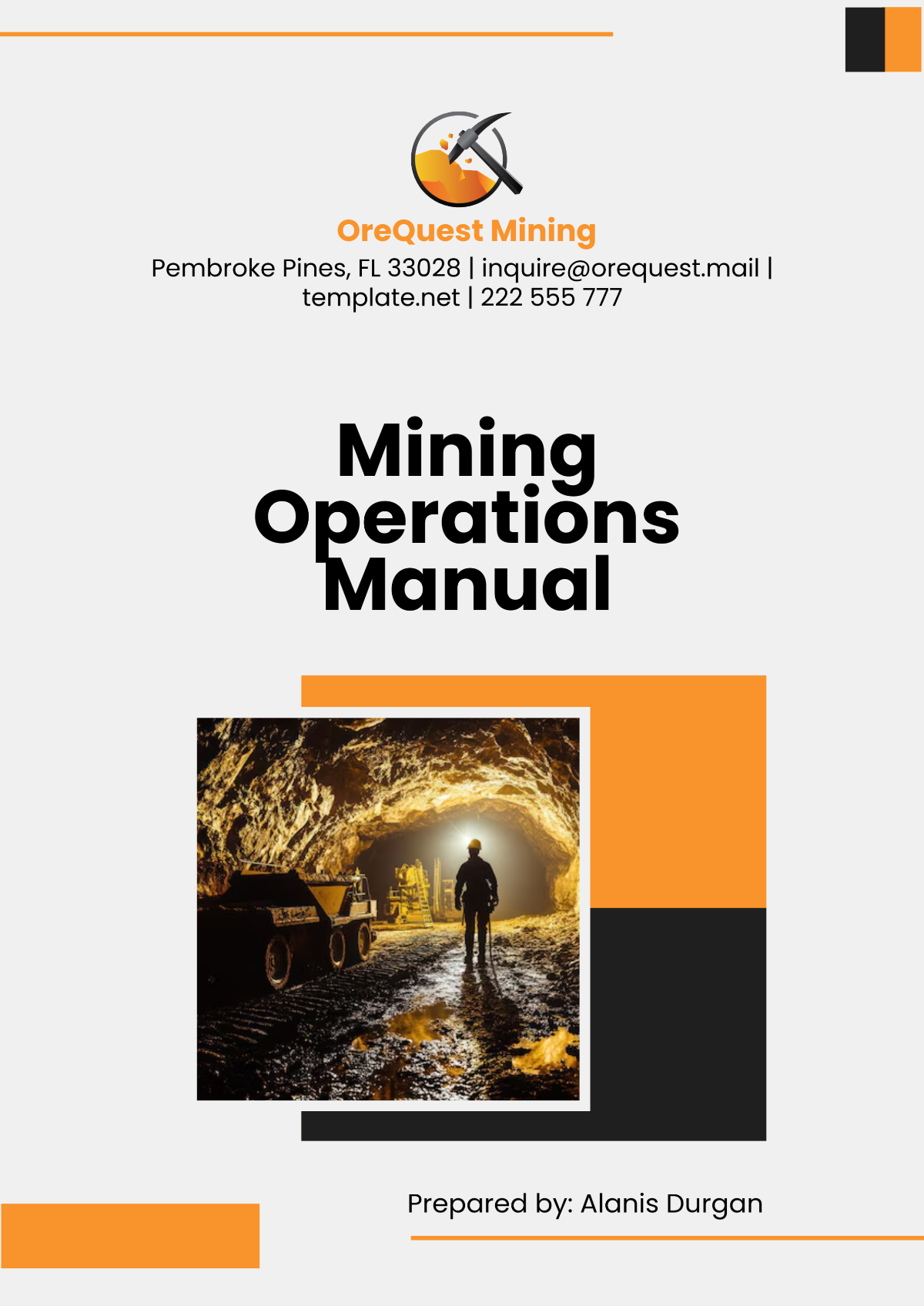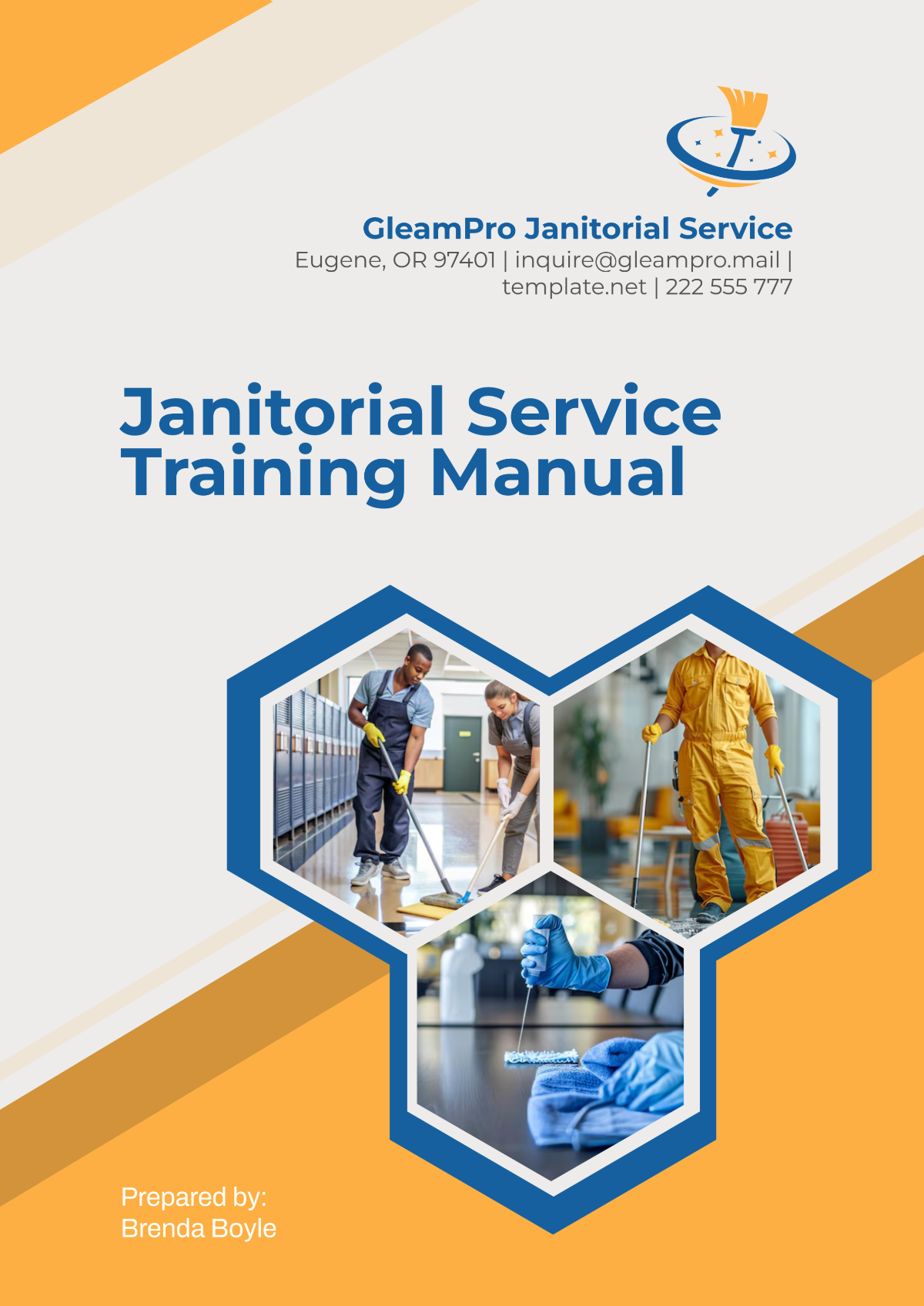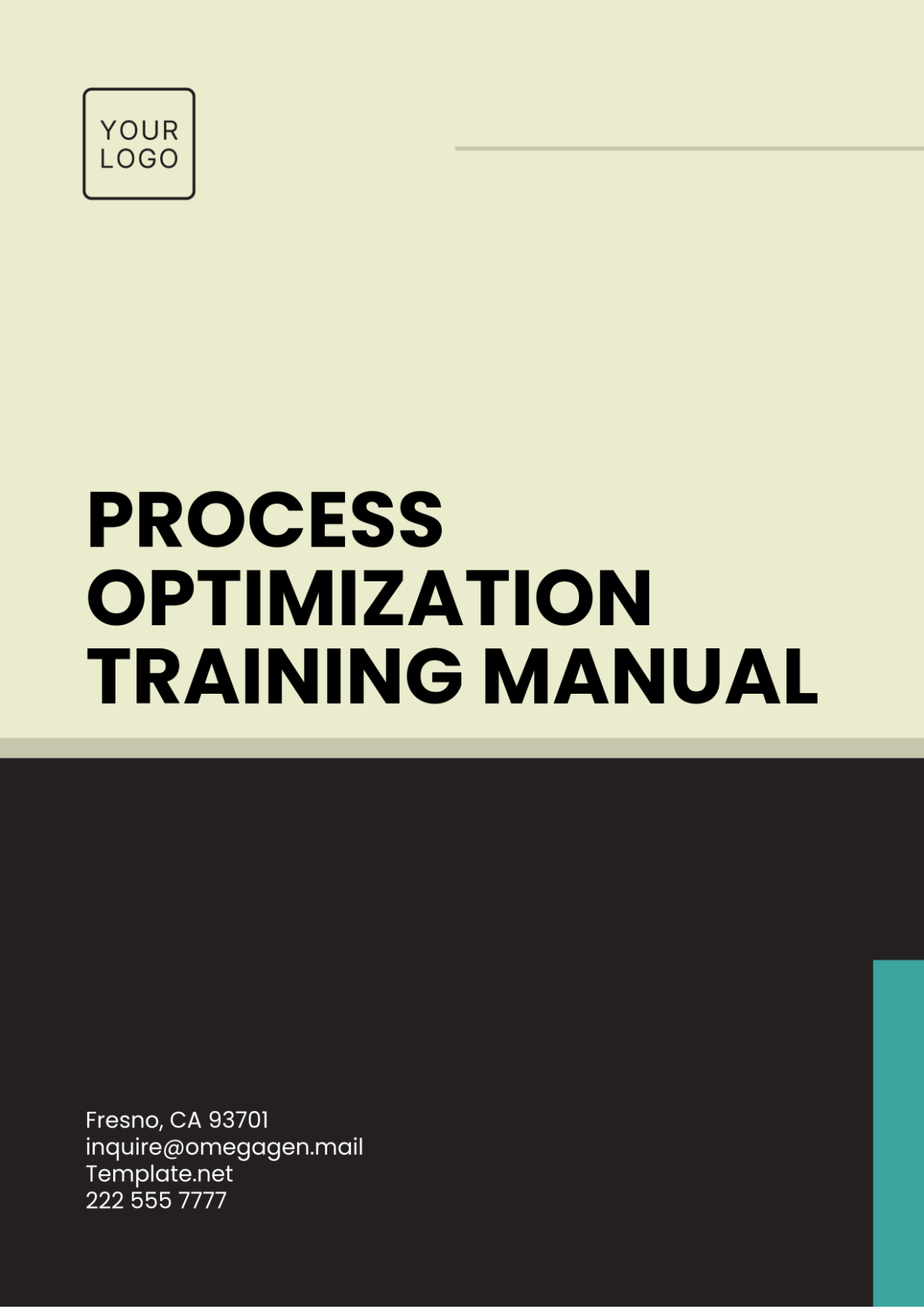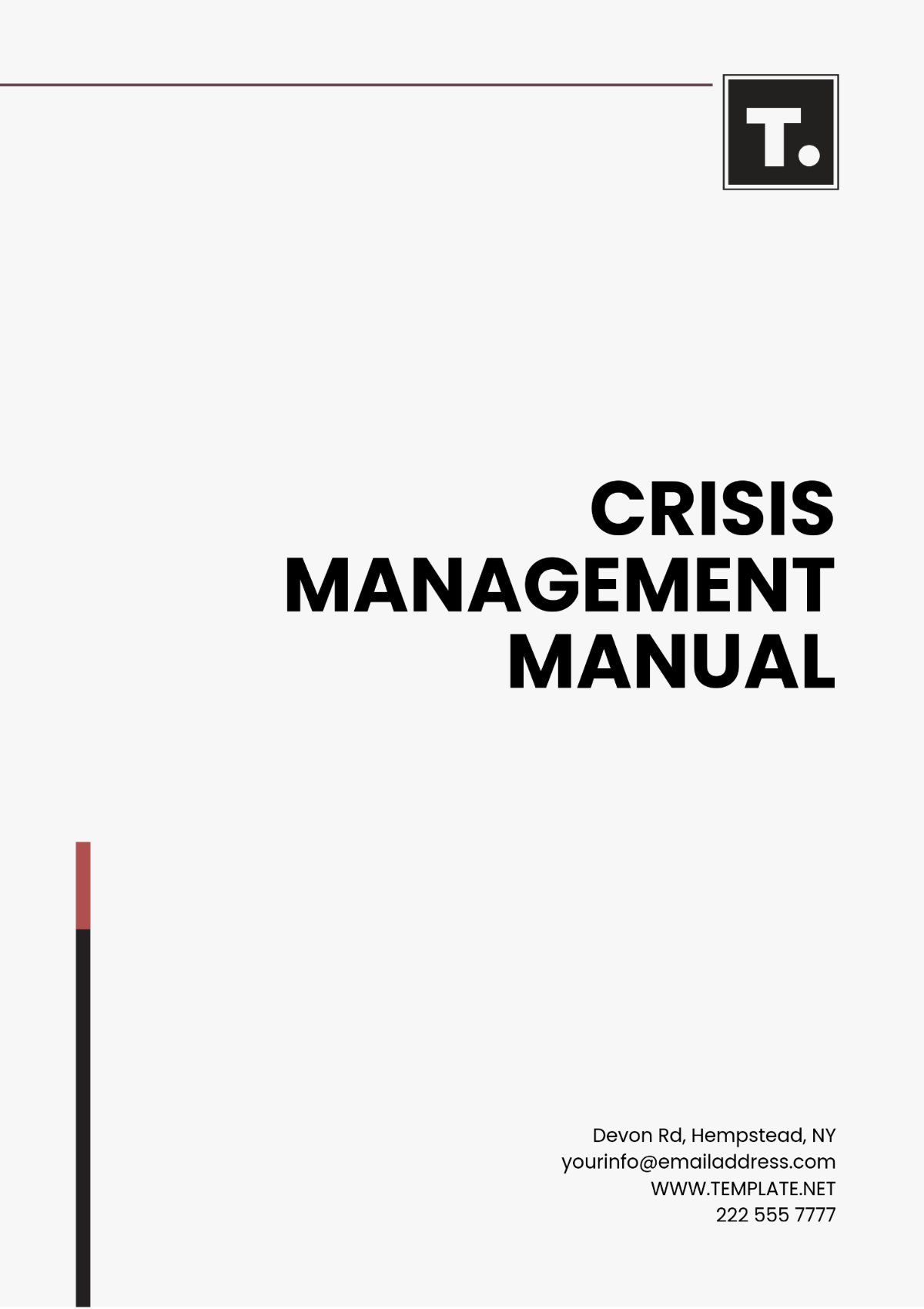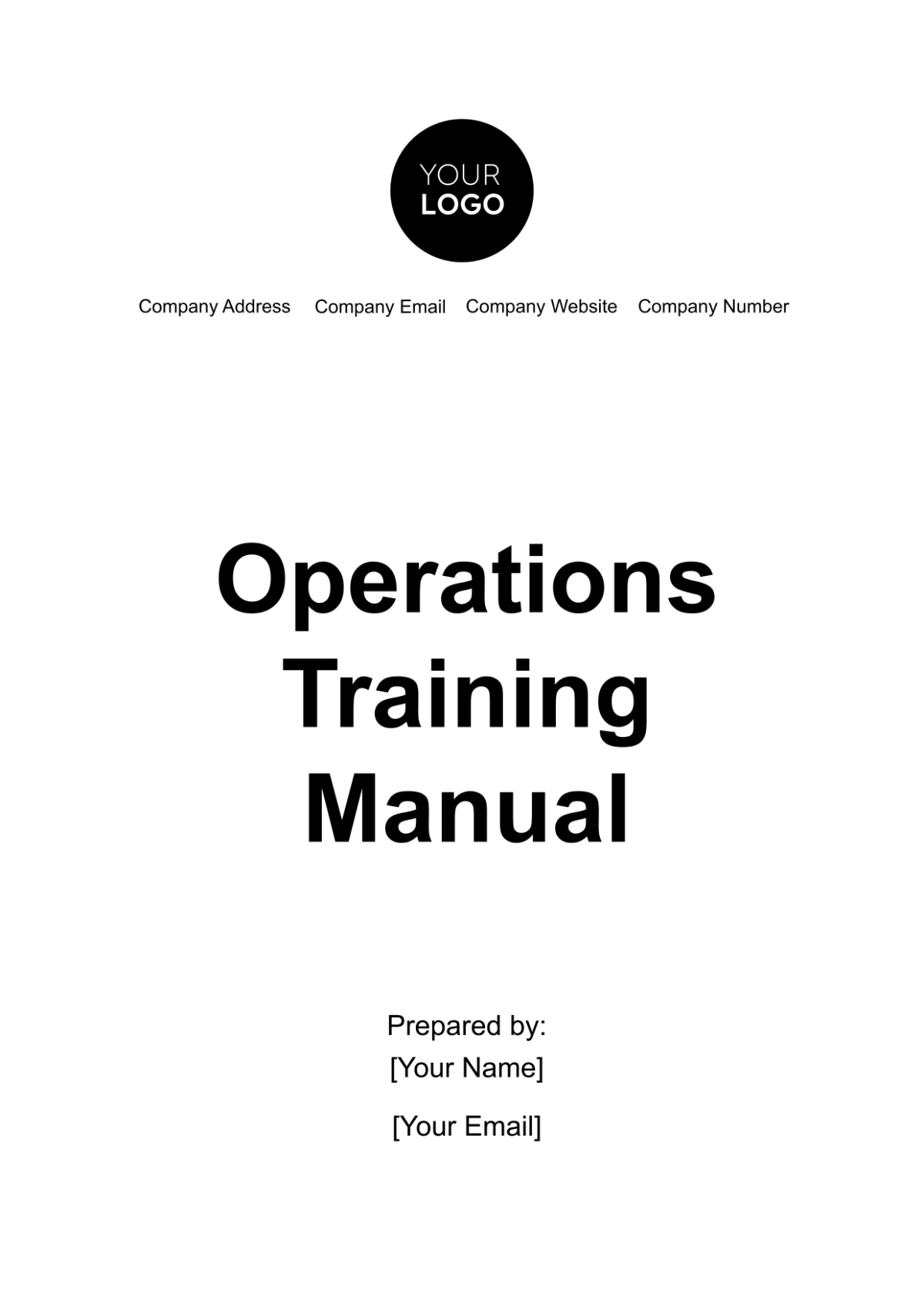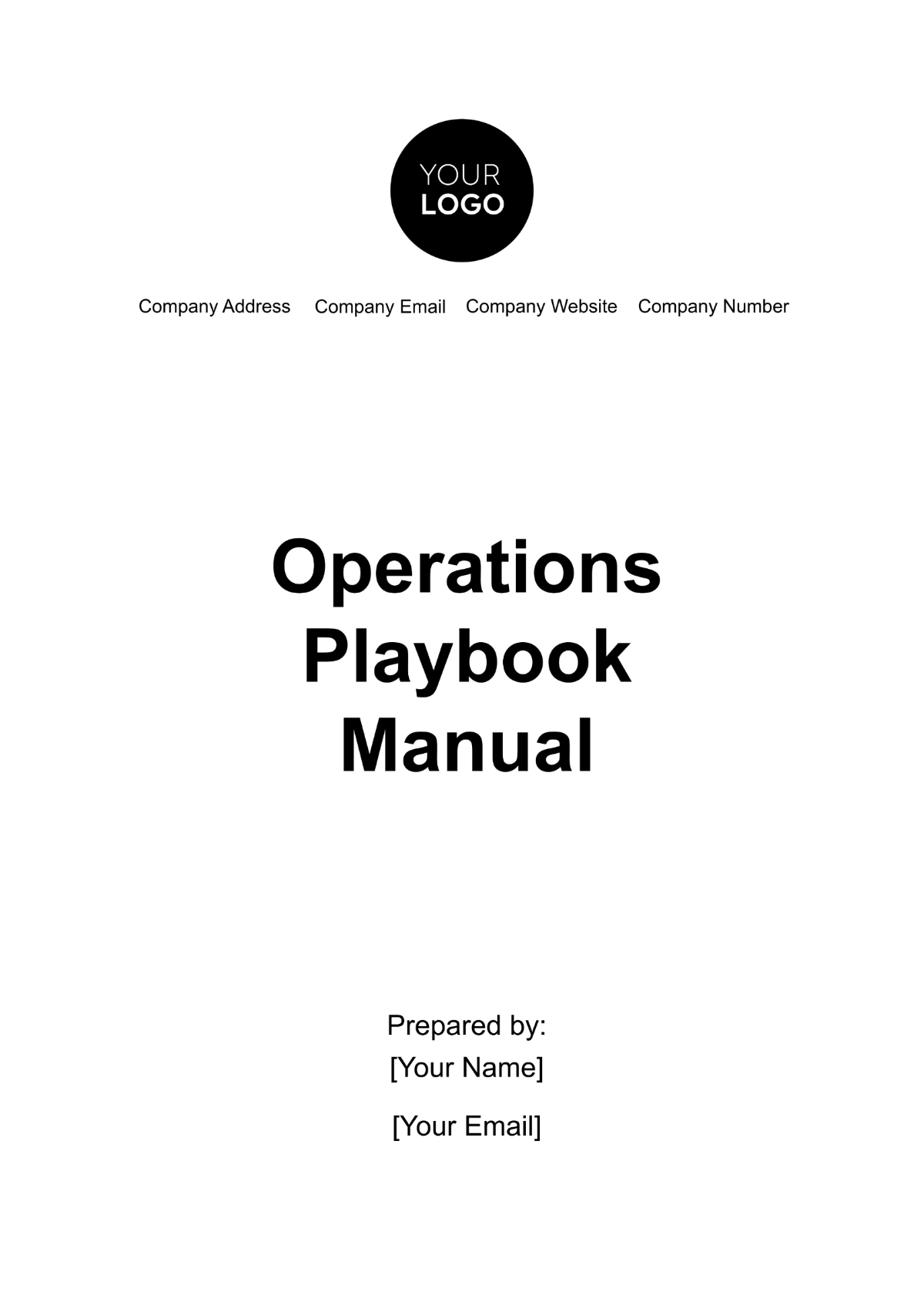Accounting Ledger Operations Manual
Introduction
In the complex and dynamic world of financial management, maintaining an accurate and efficient accounting ledger is essential for the financial health and compliance of [Your Company Name]. This comprehensive manual is designed to guide the finance team through the intricate processes of ledger management, ensuring consistency, accuracy, and compliance with relevant financial standards and regulations.
Chapter 1: Overview of the Accounting Ledger System
The accounting ledger at [Your Company Name] serves as the central repository for all financial transactions. It is a systematic collection of accounts that records the detailed financial transactions of the company in a way that each transaction reflects its impact on the assets, liabilities, equity, revenue, and expenses of the company.
The ledger is maintained using [Specific Accounting Software], a robust and versatile accounting platform that supports various accounting methodologies, including accrual and cash basis accounting. The system is designed to provide real-time financial insights and facilitate comprehensive financial reporting.
Chapter 2: General Ledger Structure and Account Setup
The general ledger is organized into several primary account categories, each representing a different aspect of the company's financial operations. Below is an overview of the main categories:
Assets: | These accounts record the company's resources and holdings, such as cash, accounts receivable, inventory, and fixed assets. |
Liabilities: | These accounts track what the company owes, including accounts payable, loans, and other debts. |
Equity: | These accounts reflect the owner's or shareholders' stake in the company. |
Revenue: | These accounts document the company's income from sales, services, or other business activities. |
Expenses: | These accounts record the costs incurred in the course of business operations, such as rent, utilities, salaries, and material costs. |
Each account within these categories is assigned a unique account number, facilitating easy identification and tracking.
Chapter 3: Recording Transactions
Every financial transaction is recorded in the ledger through a process known as double-entry bookkeeping. This system ensures that for every debit entry, there is a corresponding credit entry, and vice versa, maintaining the accounting equation's balance.
Transaction Recording Steps:
Identification: Determine the accounts affected by the transaction and whether they are to be debited or credited.
Recording: Enter the transaction in the ledger, specifying the date, account number, debit or credit amount, and a brief description.
Review: Ensure the transaction is accurately recorded and that the total debits equal total credits.
For example, a simple transaction such as receiving cash from a customer would involve a debit to the Cash account (asset increase) and a credit to the Accounts Receivable account (asset decrease).
Chapter 4: Monthly and Year-End Procedures
These procedures are crucial for ensuring that our financial records accurately reflect the company's financial position at the end of each period. By adhering to these structured processes, we ensure compliance with accounting standards and provide stakeholders with reliable financial information.
Monthly Closing Process:
Reconciliations: Reconcile all major accounts, such as bank accounts and accounts receivable/payable, to ensure accuracy.
Adjusting Entries: Make any necessary adjusting entries for accruals, deferrals, and estimates.
Financial Statements: Generate preliminary financial statements for review.
Year-End Closing Process:
Inventory Count: Perform a physical inventory count (if applicable) and adjust inventory records.
Depreciation and Amortization: Record any necessary depreciation or amortization expenses.
Final Adjustments: Make final adjusting entries based on accountant or auditor recommendations.
Financial Statements: Prepare and finalize the annual financial statements.
Chapter 5: Ledger Maintenance and Data Integrity
Maintaining the integrity of the ledger involves regular audits, data backups, and adherence to accounting policies. The finance team is responsible for ensuring that the ledger reflects an accurate and true picture of the company’s financial position.
Audit and Compliance:
Internal Audits: Conduct regular internal audits to assess the accuracy and completeness of ledger entries.
External Audits: Cooperate with external auditors by providing necessary documents and explanations for annual audits.
Compliance: Ensure compliance with accounting standards such as GAAP or IFRS, and stay updated with any changes in financial regulations.
Data Backup and Security:
Regular Backups: Perform regular backups of the ledger data to protect against data loss.
Access Controls: Implement strict access controls to prevent unauthorized access to sensitive financial information.
Chapter 6: Using [Specific Accounting Software] for Ledger Management
We delve into the practical application of [Specific Accounting Software], the chosen tool for managing the accounting ledger at [Your Company Name]. [Specific Accounting Software] is a sophisticated, yet user-friendly financial software designed to streamline the complexities of ledger management. The software's interface is intuitively structured, allowing for easy navigation between different ledger accounts and financial modules. Key functionalities include the ability to create and modify ledger accounts, record and track financial transactions with precision, and generate detailed financial reports that are crucial for decision-making and compliance purposes.
The process of recording transactions in [Specific Accounting Software] is designed to be both accurate and efficient. Users begin by selecting the relevant ledger account, after which they input the details of the transaction, including date, amount, and a descriptive memo. The software's dual-entry system ensures that each transaction is automatically balanced, with corresponding debits and credits correctly applied across relevant accounts. This feature is particularly beneficial in reducing manual errors and maintaining the integrity of the financial records. Additionally, the software offers advanced functions like recurring transactions, which are invaluable for regular entries such as monthly rent or subscription expenses. These recurring transactions can be set up once and then automatically processed by the system at predetermined intervals, thereby saving time and reducing the likelihood of omissions.
For financial reporting, [Specific Accounting Software] offers a robust suite of reporting tools that can generate a wide array of financial statements and reports, including balance sheets, income statements, and cash flow statements. These reports can be customized to meet the specific needs of [Your Company Name], allowing for the inclusion of additional financial metrics or detailed breakdowns of particular accounts. The software also provides real-time financial insights, which are critical for monitoring the company's financial health and making informed business decisions.
Furthermore, [Specific Accounting Software] includes audit trail capabilities, enabling the finance team to track changes made within the ledger, thereby ensuring transparency and accountability in financial reporting. This feature is not only essential for internal audit processes but also facilitates external audits by providing a clear and concise record of all financial transactions and modifications.
Chapter 7: Training and Resources
[Your Company Name] is committed to providing ongoing training and resources to ensure the finance team is well-equipped to manage the accounting ledger efficiently.
Training Programs:
Initial Training: Comprehensive training for new team members on ledger management basics and software use.
Advanced Training: Periodic advanced training sessions focusing on complex accounting topics and software features.
Resources:
Manuals and Guides: Access to detailed manuals and guides for [Specific Accounting Software] and accounting principles.
Help Desk Support: Availability of a dedicated help desk for resolving software-related queries and issues.
Chapter 8: Future Developments in Ledger Management
As [Your Company Name] continues to grow and adapt in the ever-evolving business landscape, our approach to ledger management is also set to evolve, embracing new technologies and methodologies to improve efficiency, accuracy, and security. In this regard, several key developments are on the horizon for our accounting ledger operations.
Integration of Advanced Technologies
Artificial Intelligence (AI) and Machine Learning (ML): We are exploring the potential of AI and ML to enhance our ledger management. These technologies can be used for predictive analysis, offering insights into future trends based on historical data. This could include predicting cash flow patterns, identifying potential financial risks, and suggesting optimal financial strategies. Additionally, AI algorithms can assist in automating routine tasks such as categorizing transactions and reconciling accounts, thereby reducing manual labor and minimizing errors.
Blockchain Technology: The integration of blockchain technology is another significant advancement we are considering. Blockchain's decentralized and immutable ledger system offers enhanced security and transparency for financial transactions. It can be particularly useful in streamlining processes such as audit trails, contract management, and inter-company transactions. By incorporating blockchain, we aim to achieve greater integrity and trustworthiness in our financial records, making them tamper-proof and easily verifiable.
Enhancing User Experience and Accessibility
Mobile Application Development: Recognizing the need for on-the-go access to financial data, we plan to develop a mobile application for our ledger system. This application will allow users to view, enter, and manage transactions from anywhere, increasing accessibility and flexibility for our team members. Features such as mobile alerts, approval workflows, and real-time data access are expected to boost productivity and ensure continuous monitoring of our financial status.
User Interface (UI) Improvements: We are committed to continuously improving the user interface of our ledger management system. The focus will be on creating a more intuitive and user-friendly interface that simplifies navigation and makes complex data more comprehensible. Enhancements like customizable dashboards, advanced filtering options, and interactive financial charts will allow users to access and analyze information more efficiently.
Strengthening Data Security and Compliance
Enhanced Data Security Measures: As the threat landscape evolves, so will our data security measures. This includes adopting advanced encryption methods, more robust access controls, and regular security audits to protect against cyber threats and ensure the confidentiality and integrity of our financial data.
Regulatory Compliance Upgrades: We will continue to stay abreast of changes in financial regulations and standards, ensuring our ledger management system remains compliant. This involves regularly updating our systems to align with new accounting standards, tax laws, and reporting requirements, and ensuring that our financial practices adhere to these regulations.
Conclusion
This Accounting Ledger Operations Manual serves as a comprehensive guide for [Your Company Name]'s finance team, ensuring that the accounting ledger is managed with the utmost accuracy, efficiency, and compliance. Adherence to the practices and procedures outlined in this manual will contribute significantly to the company's financial health and operational success.

